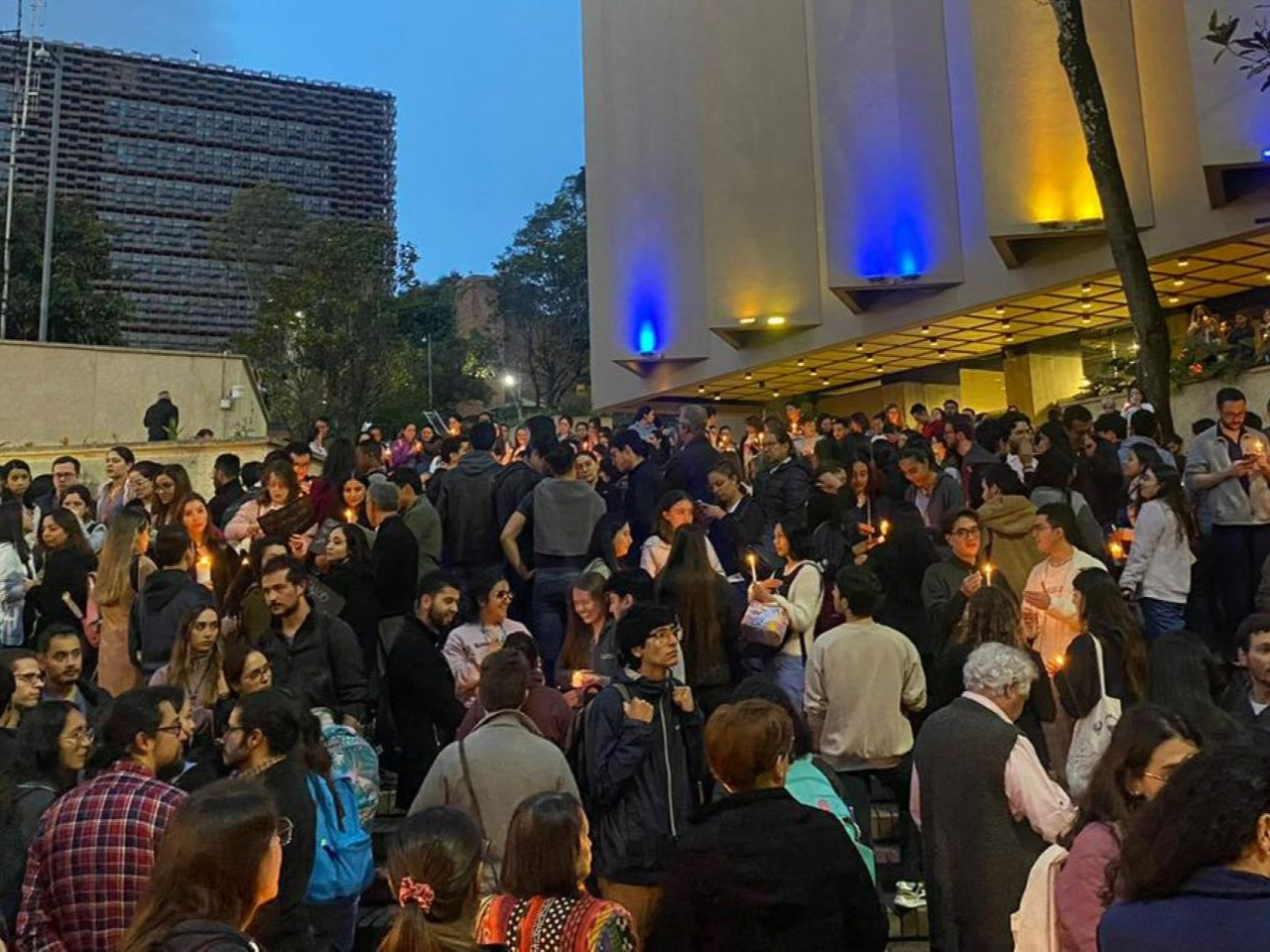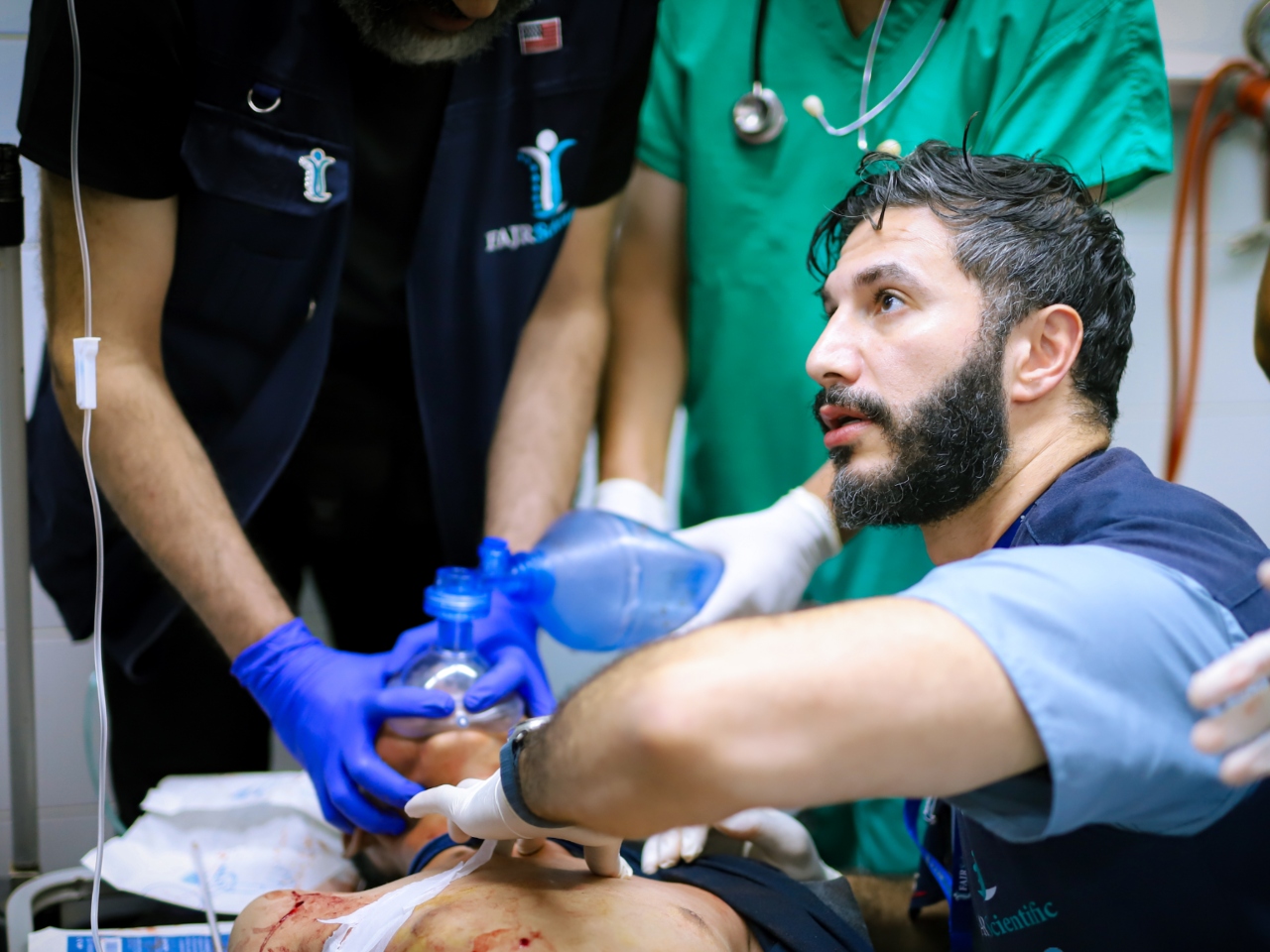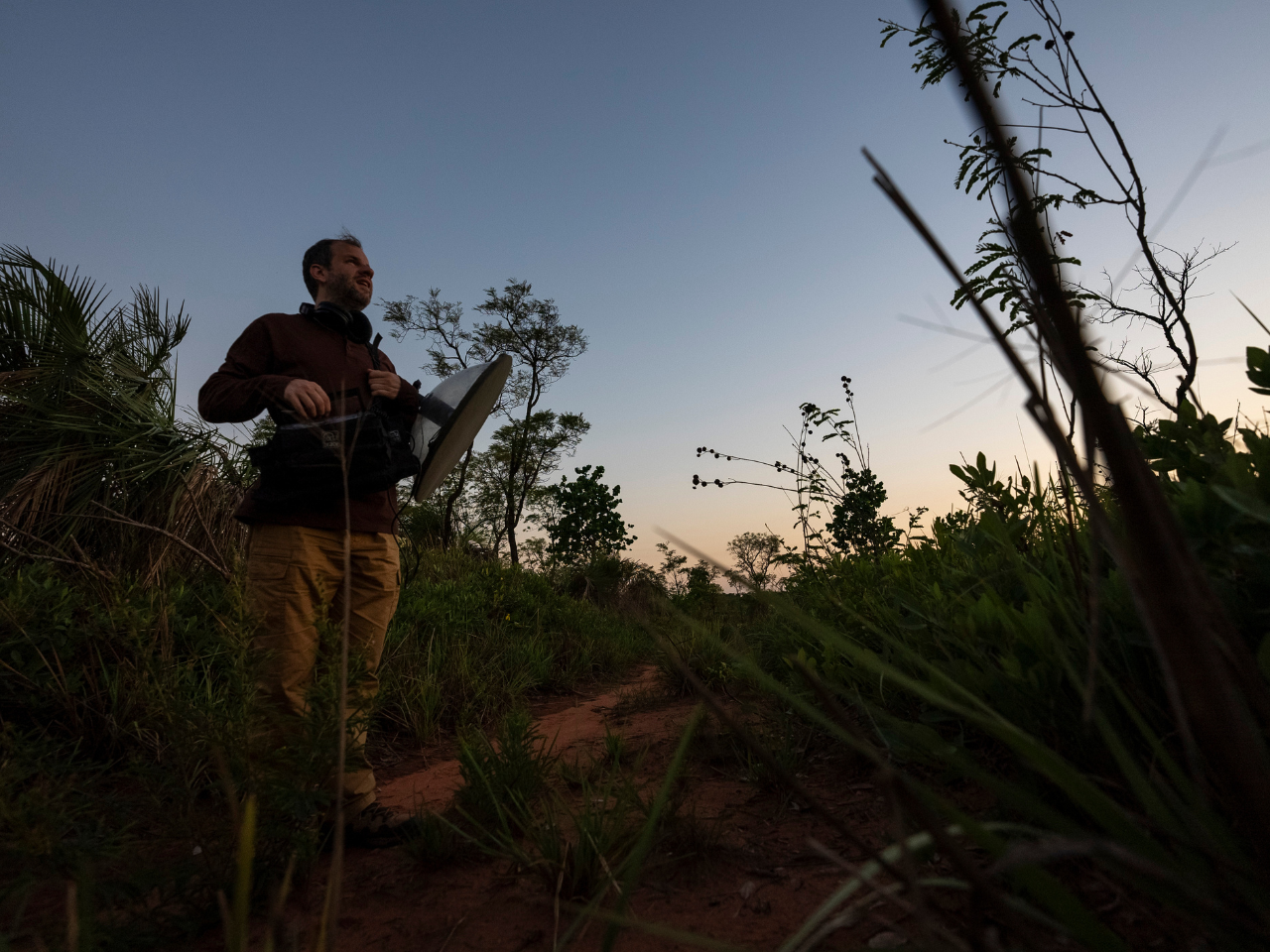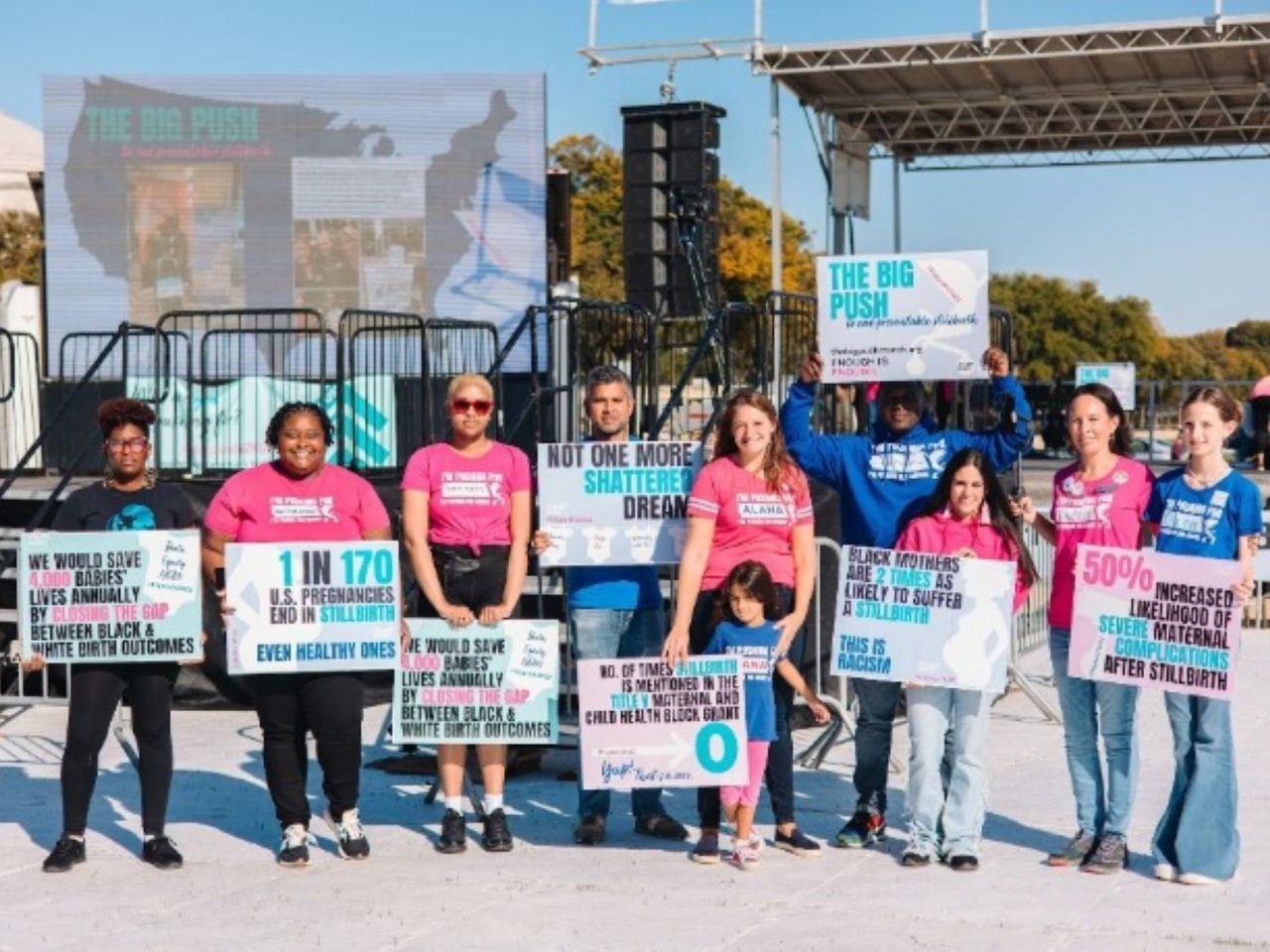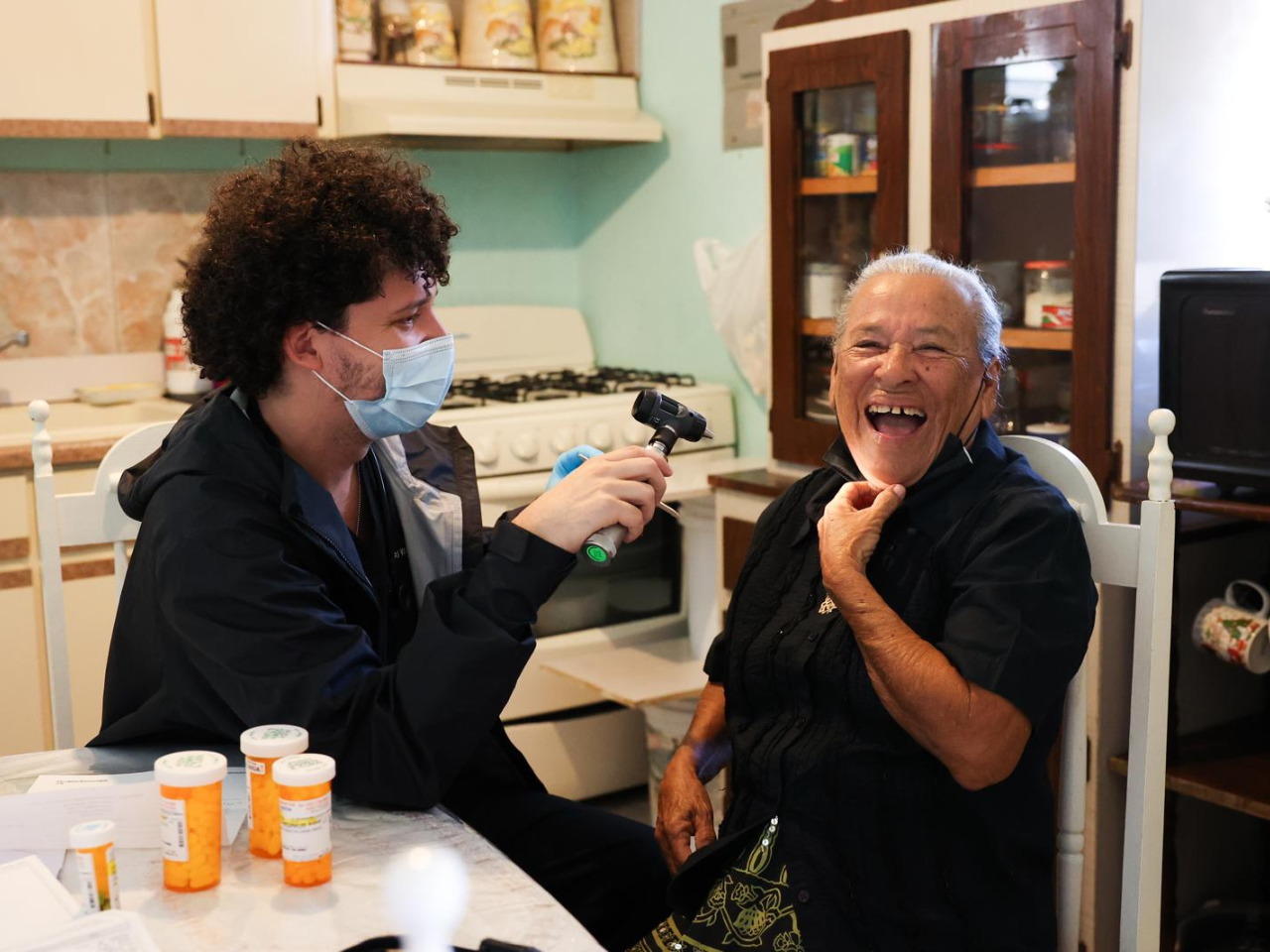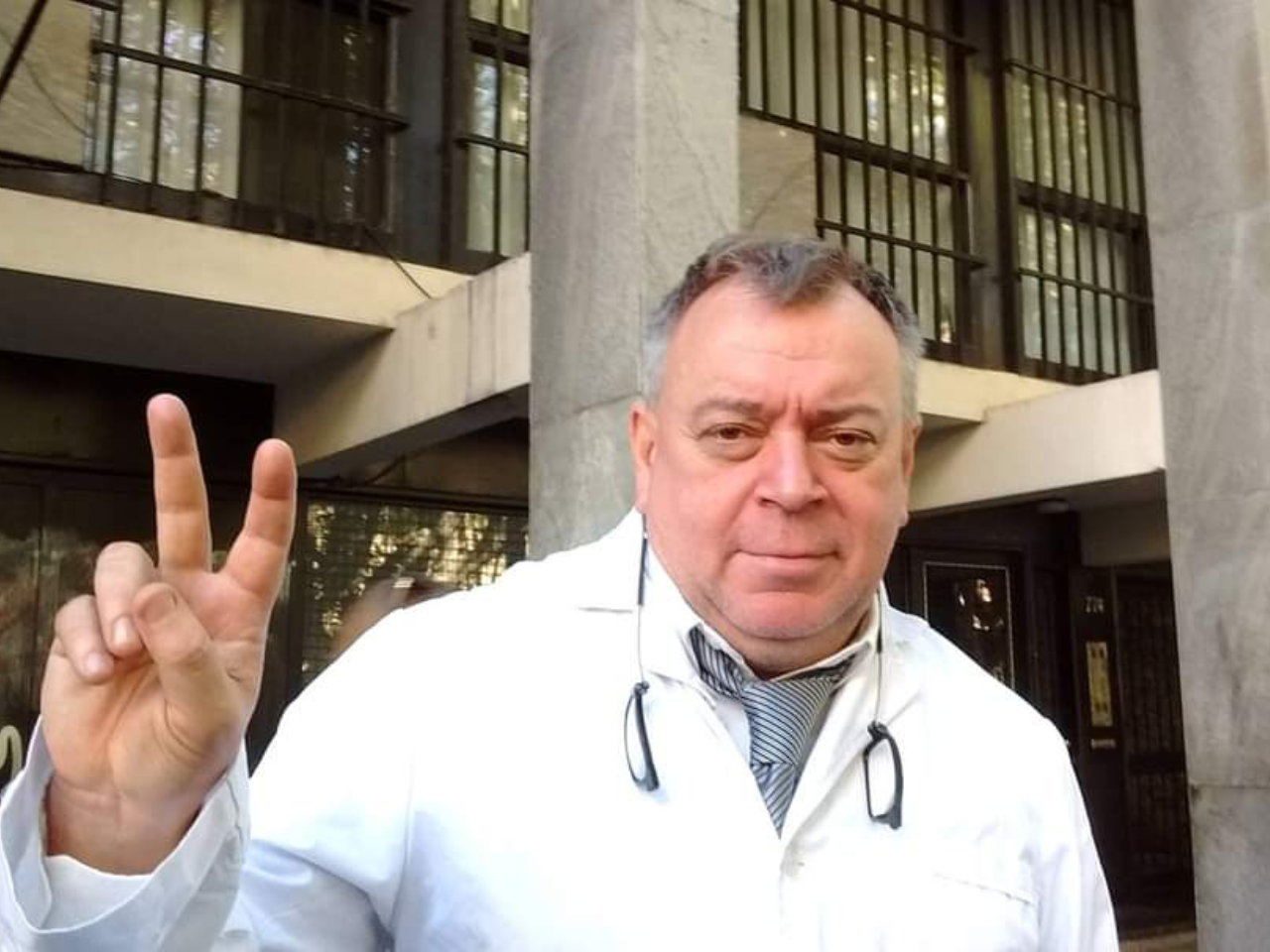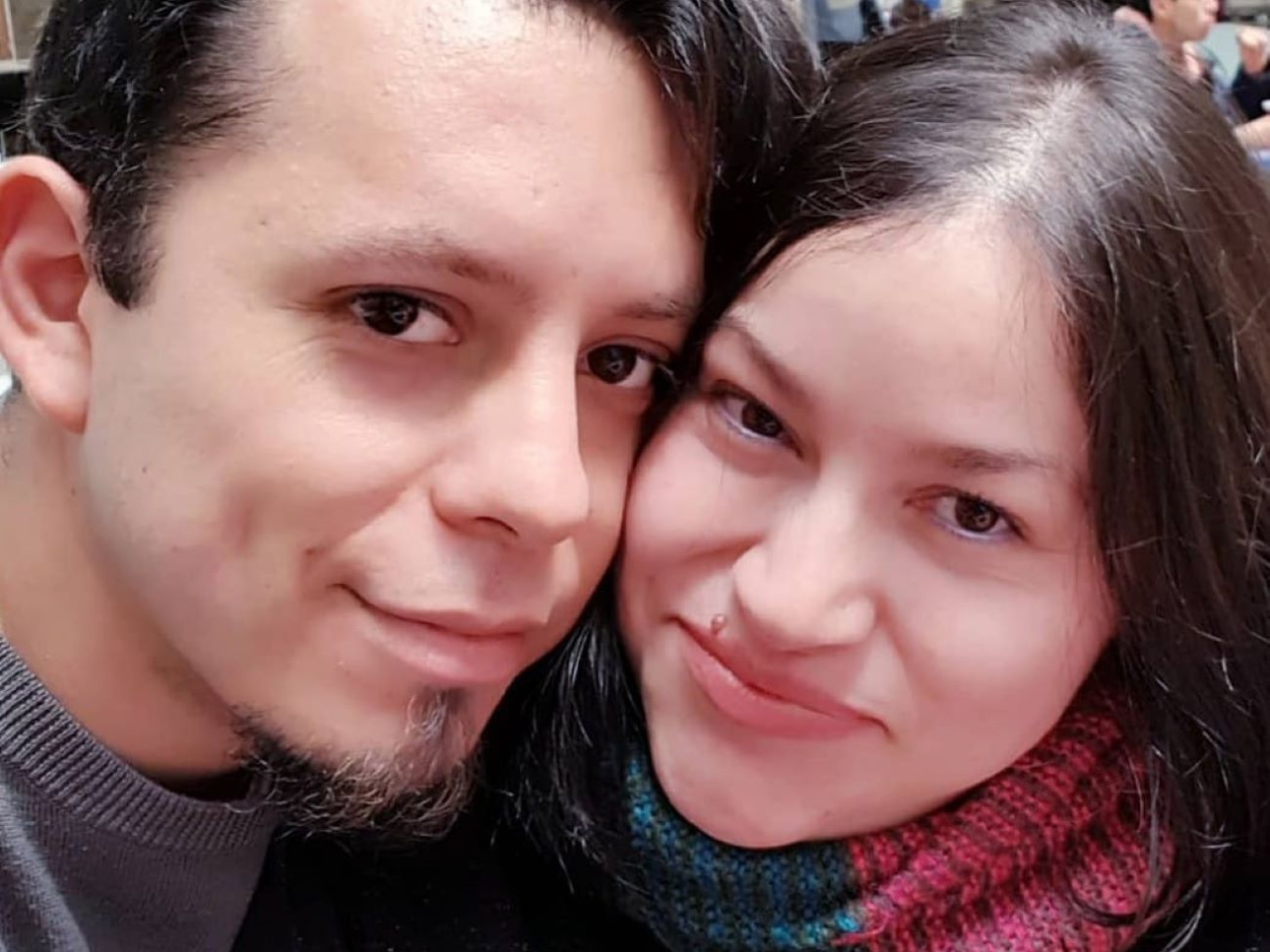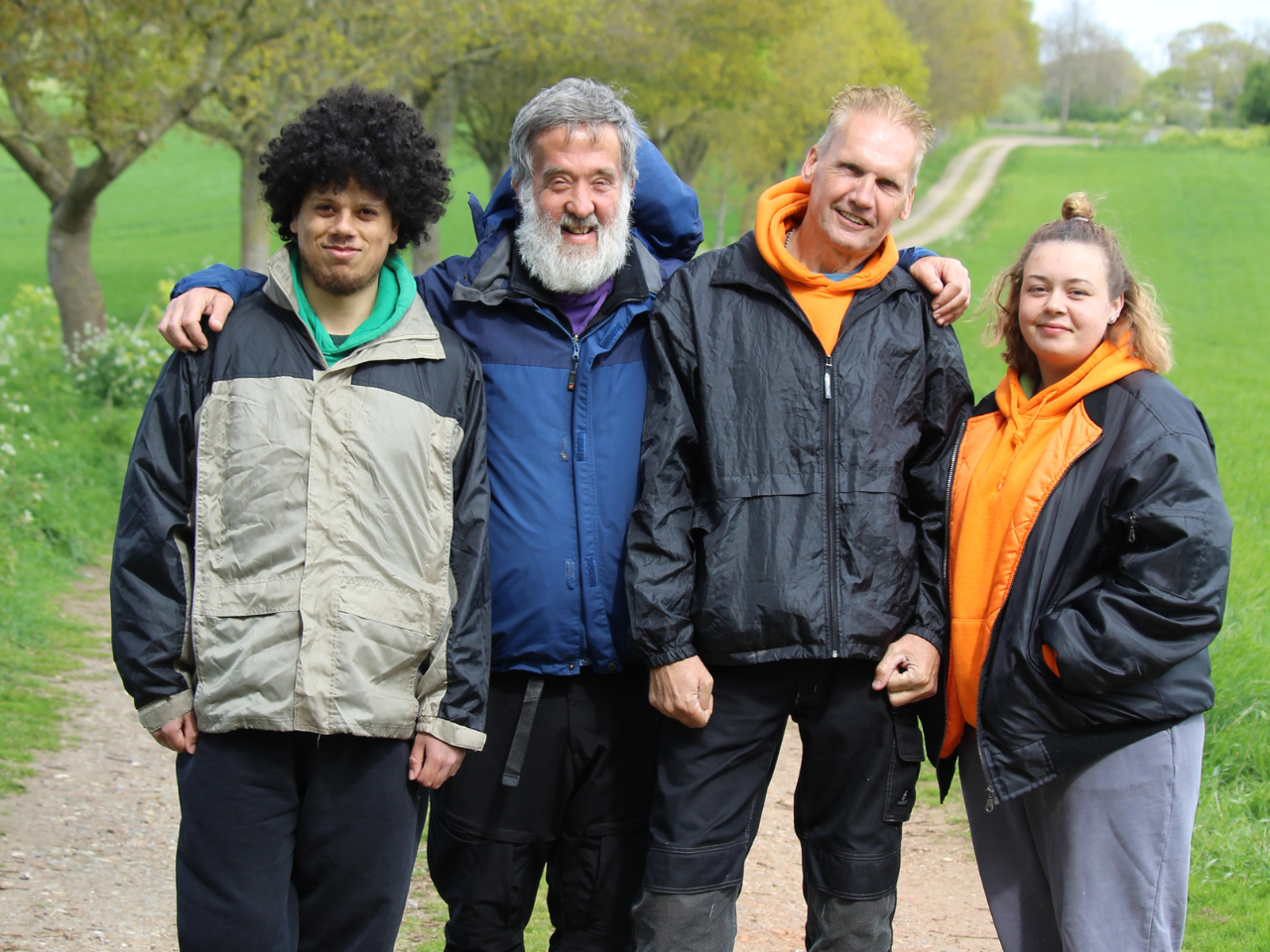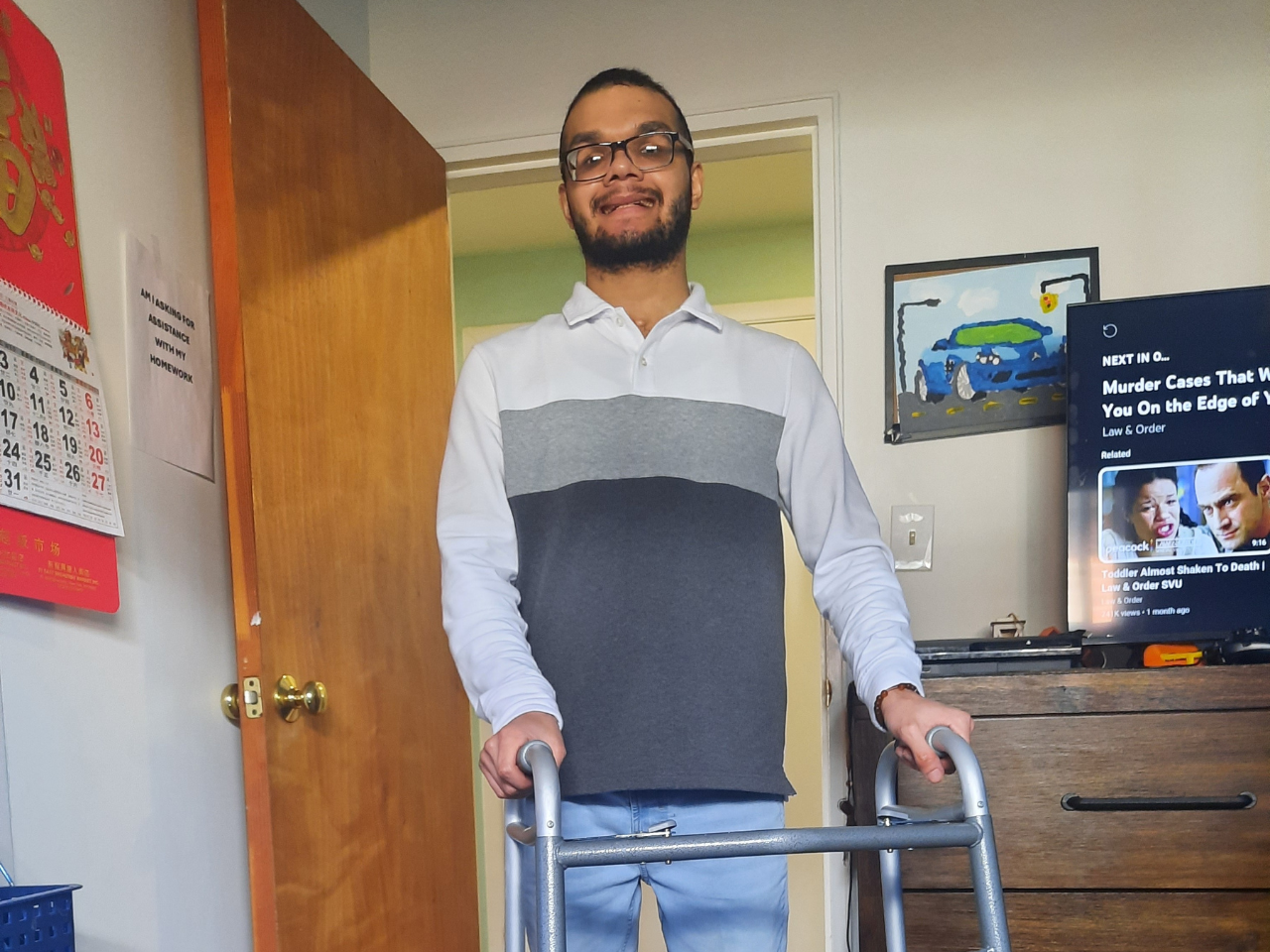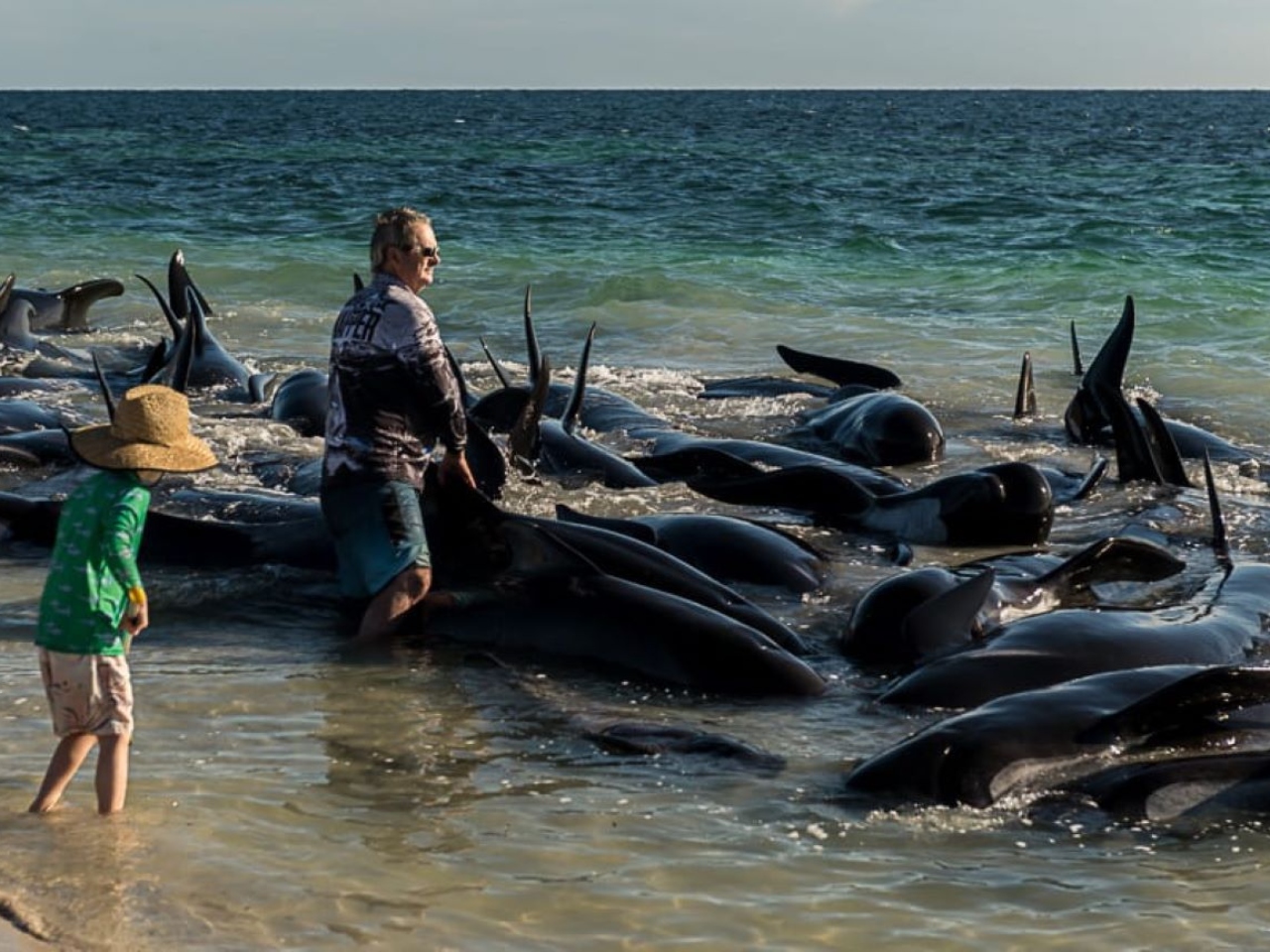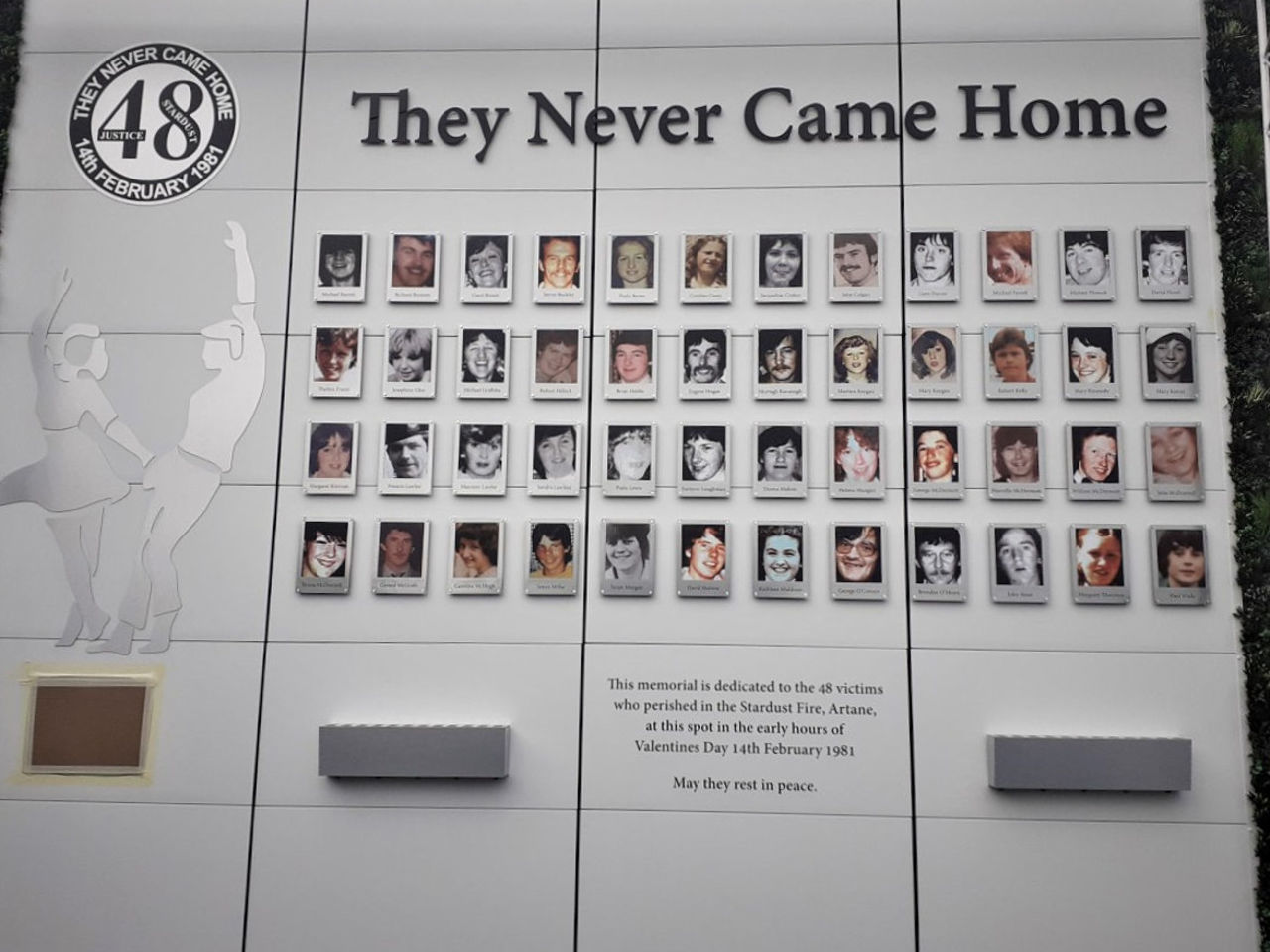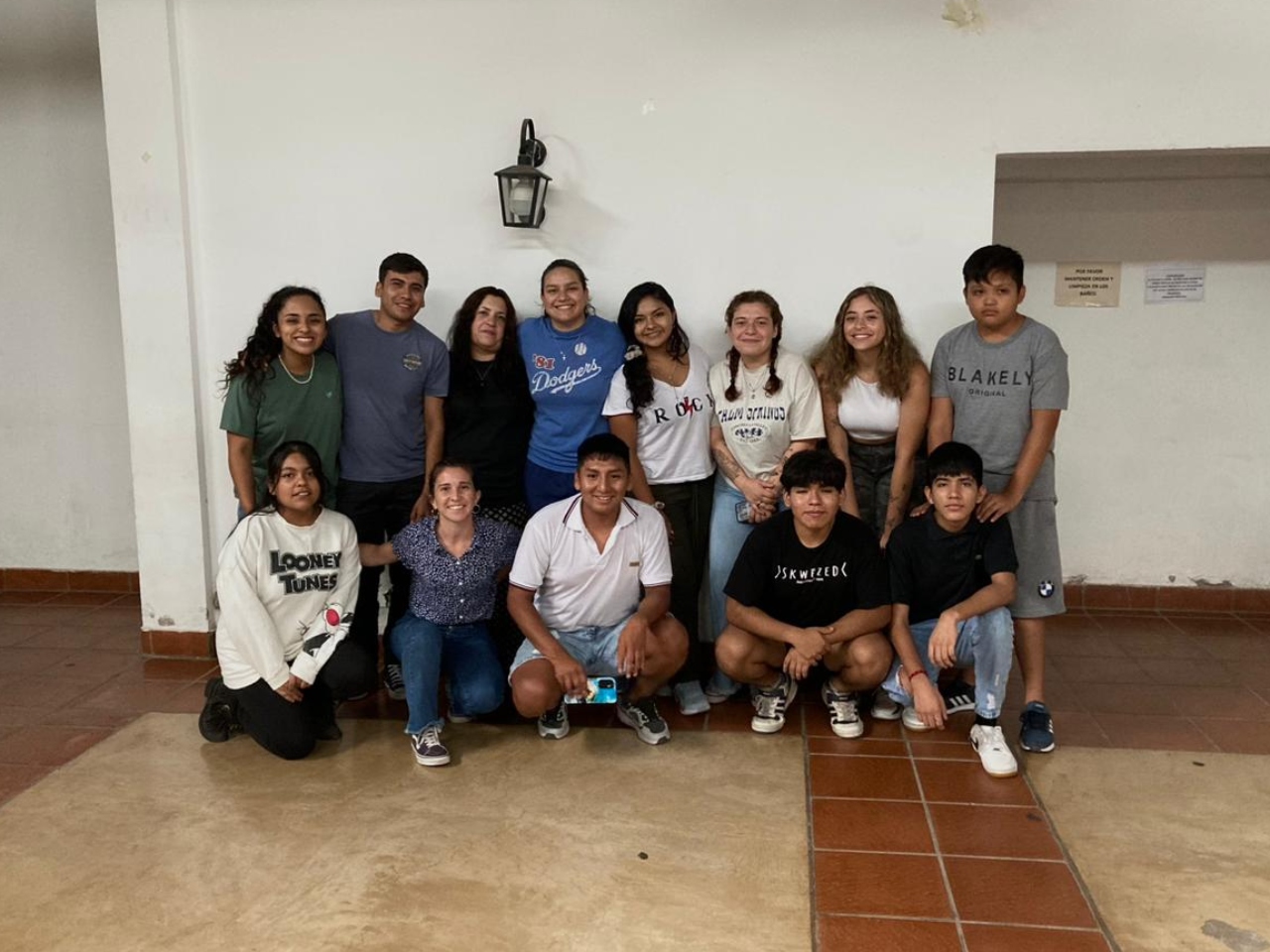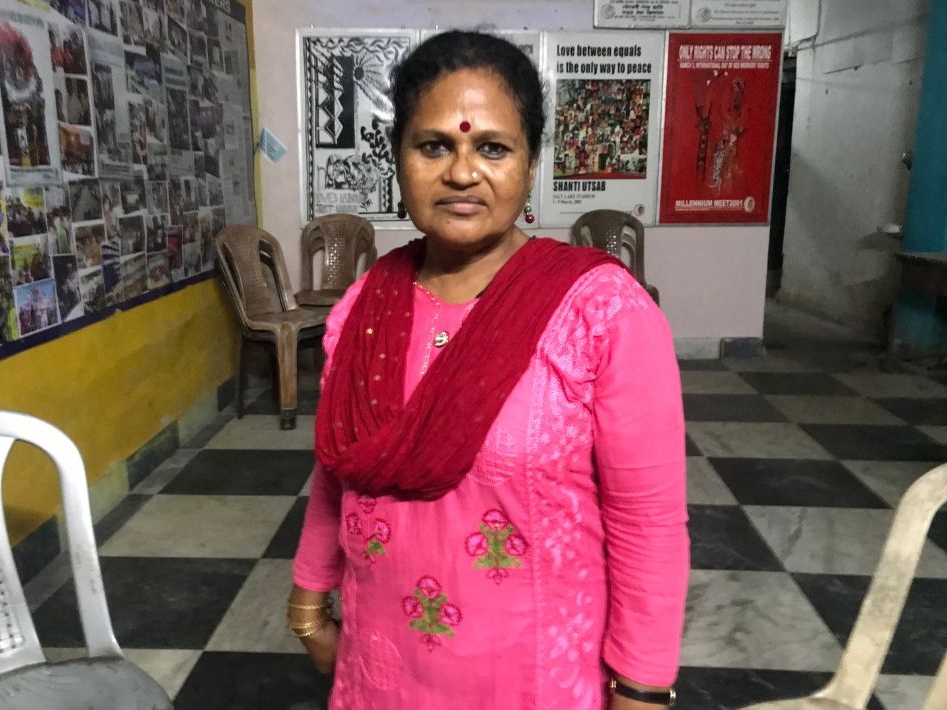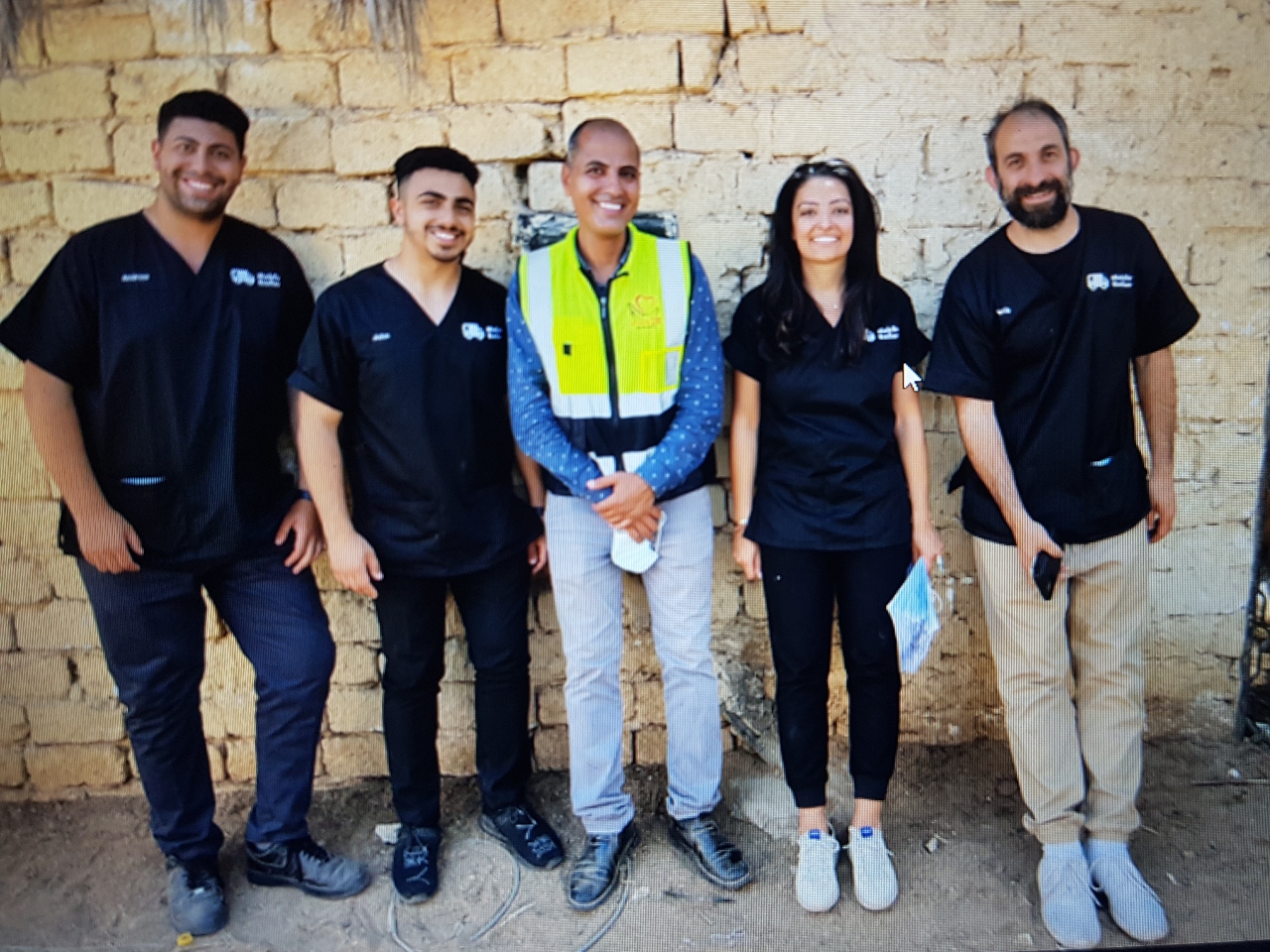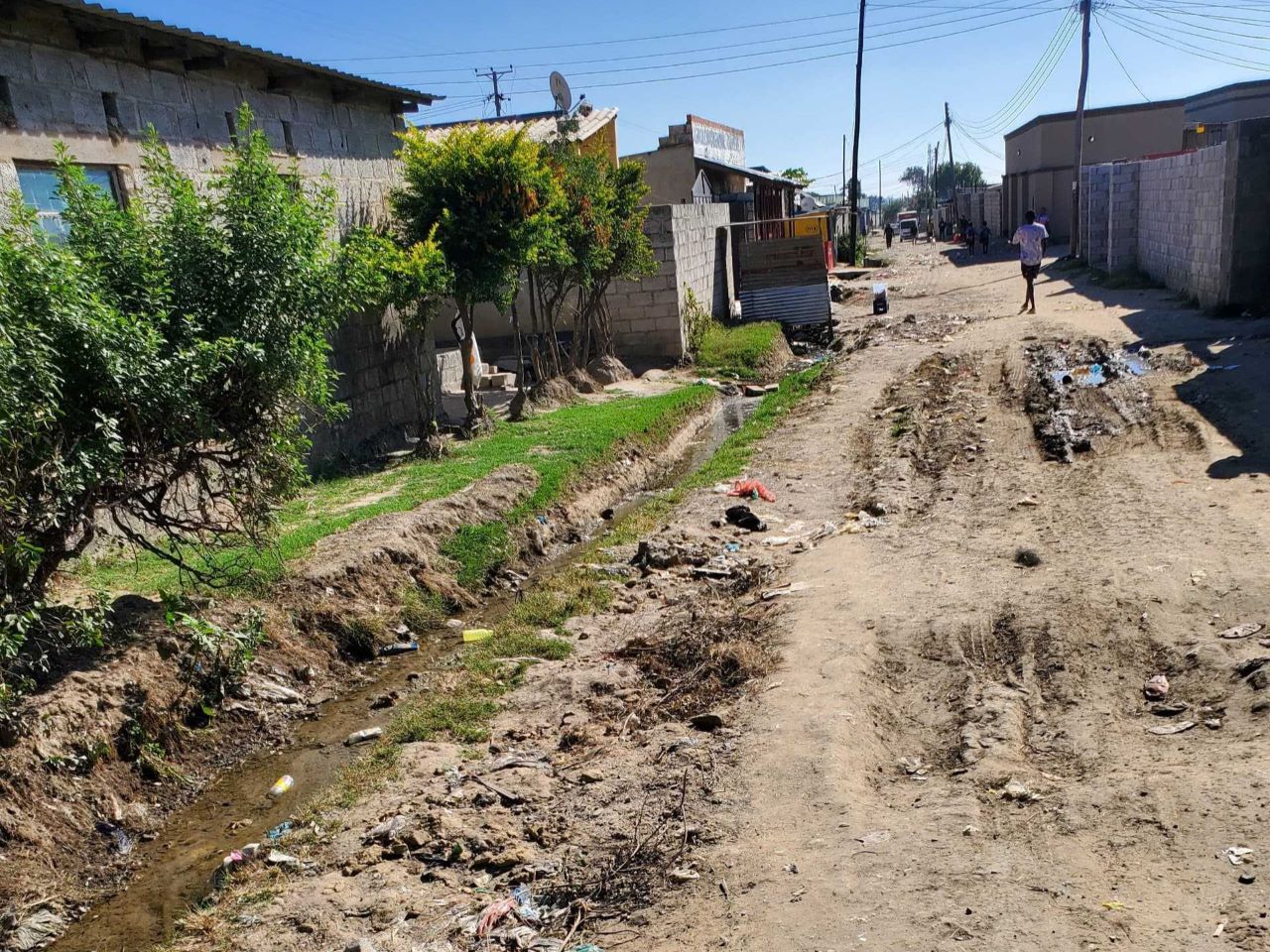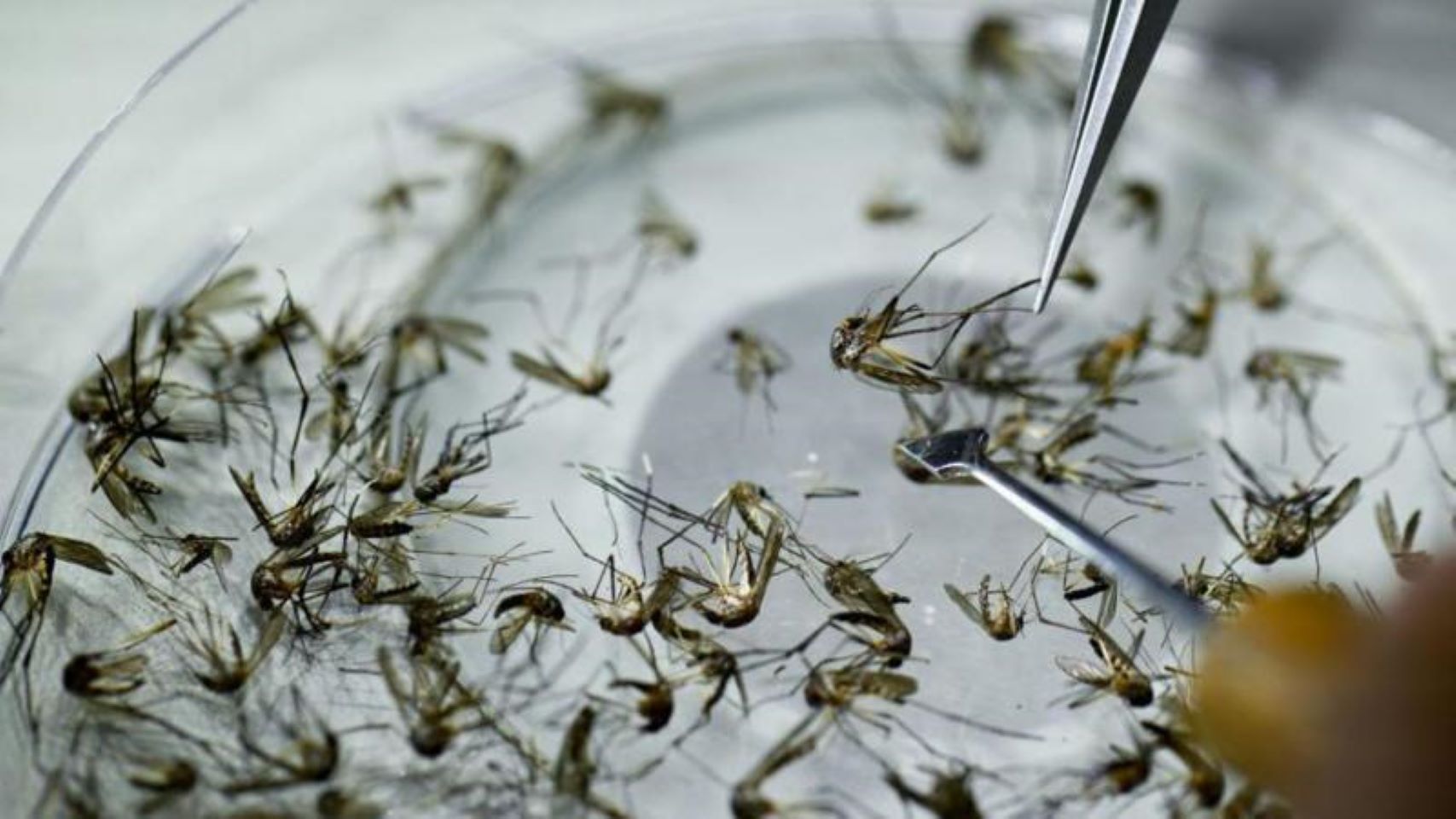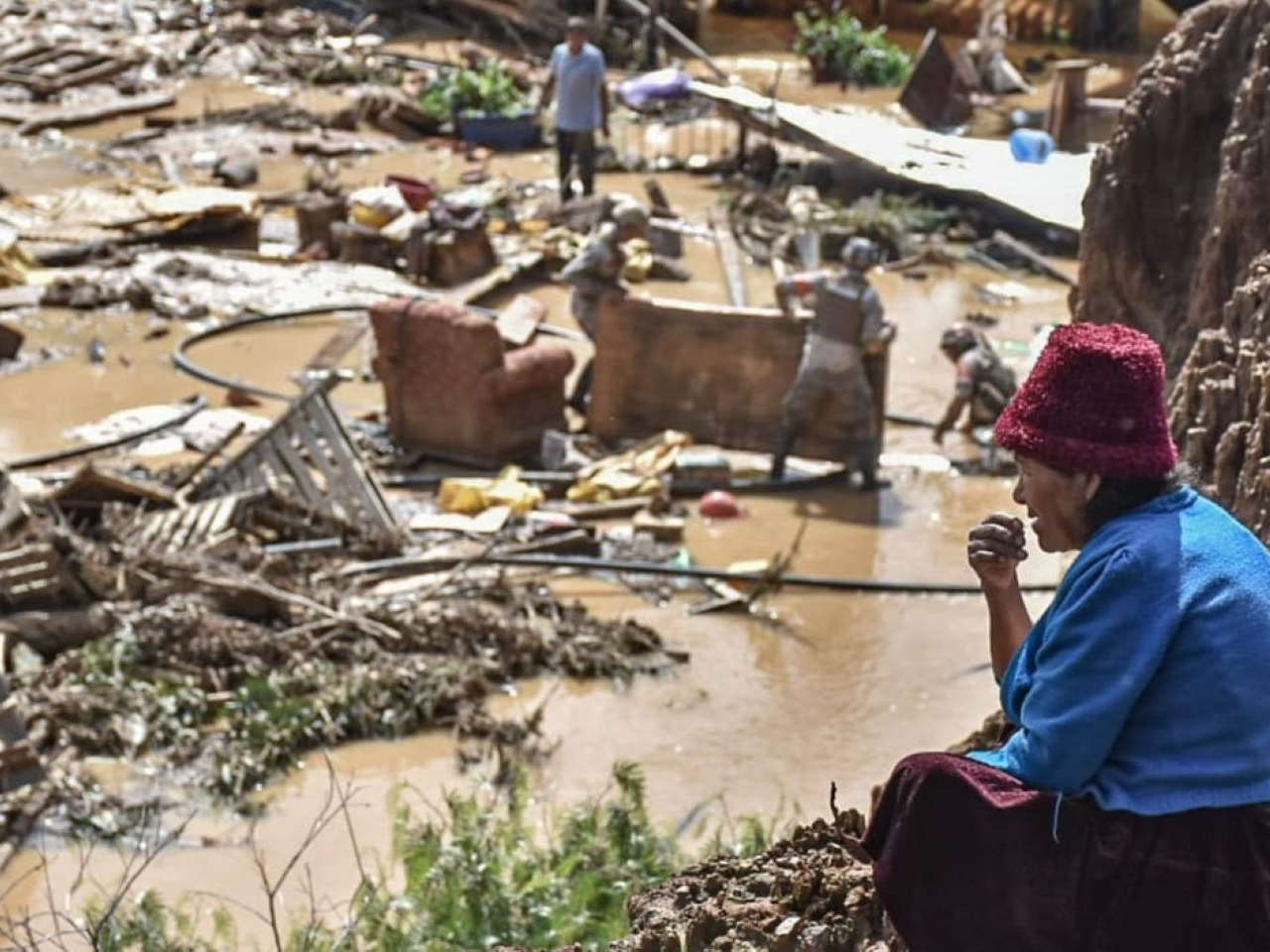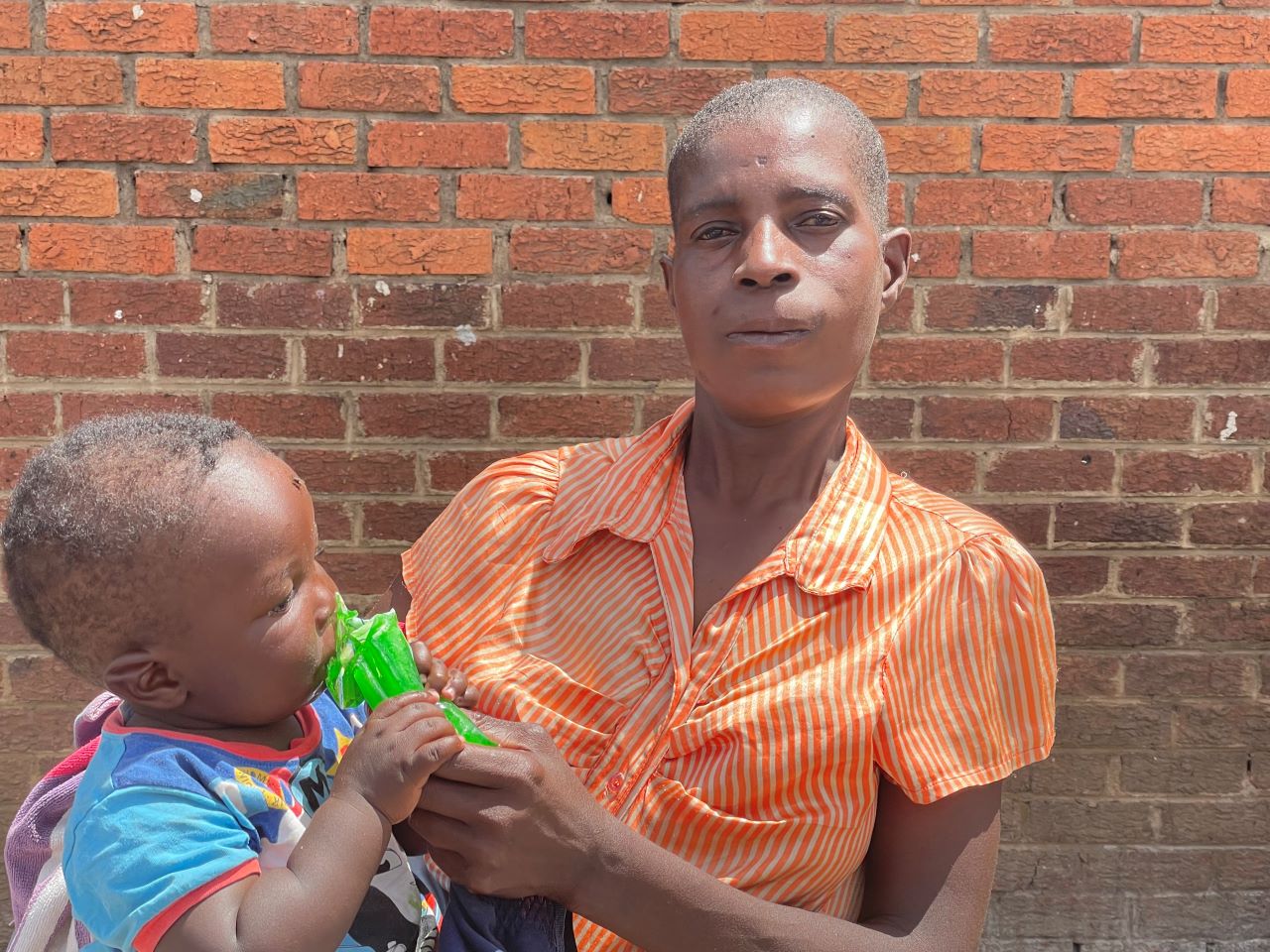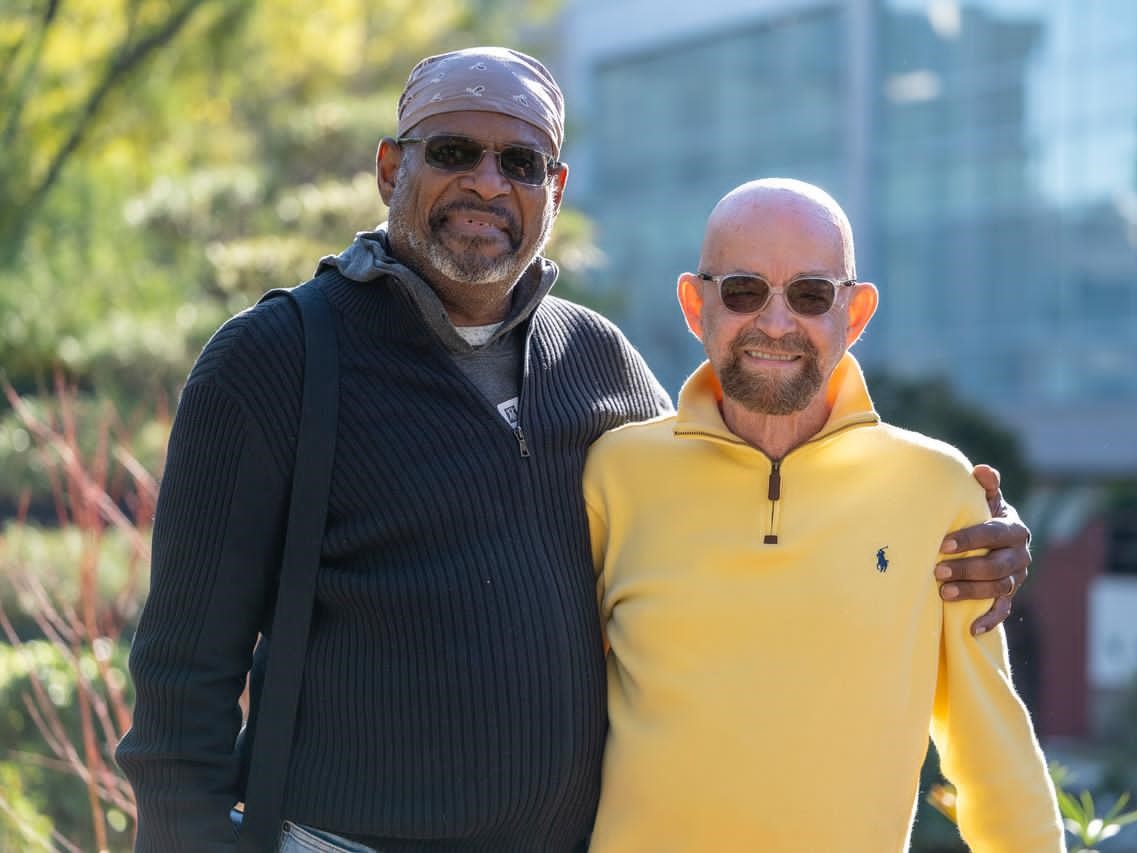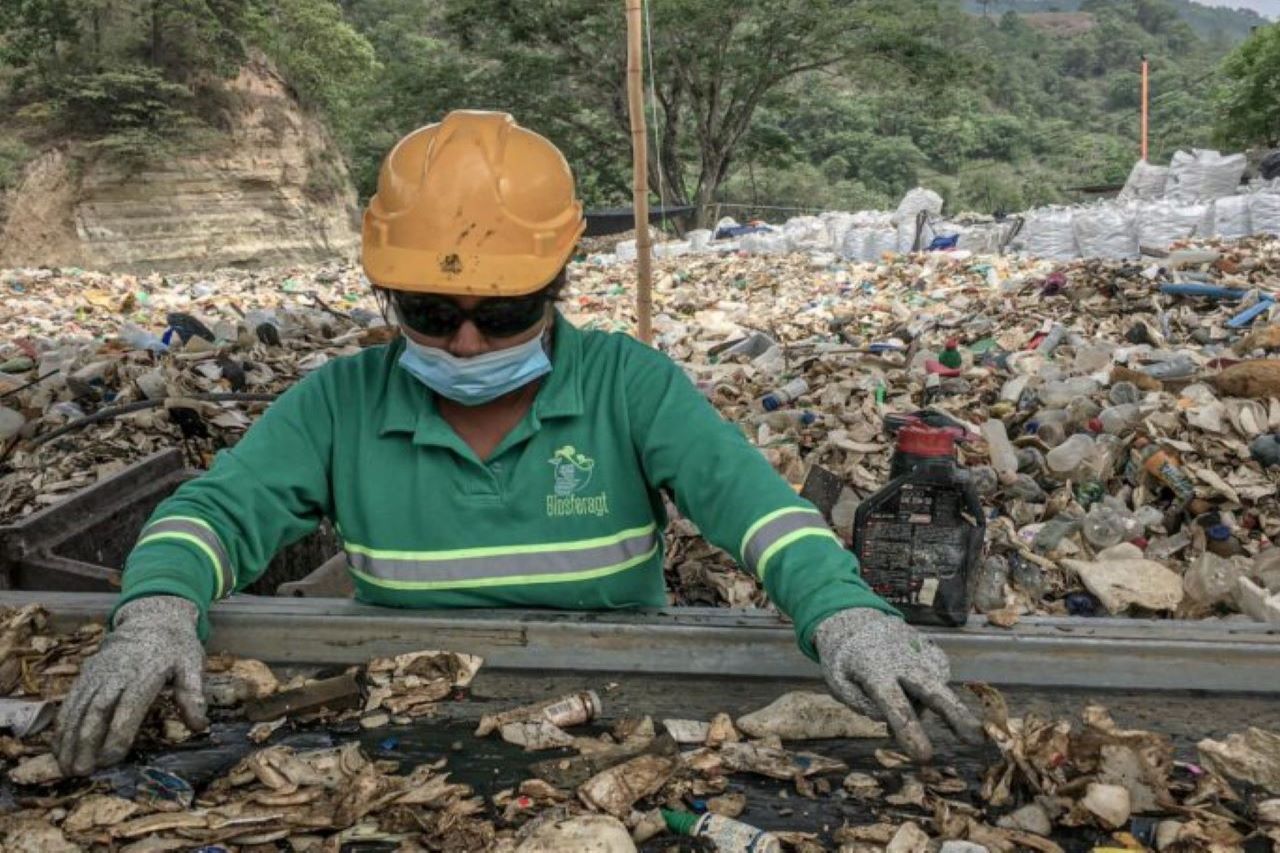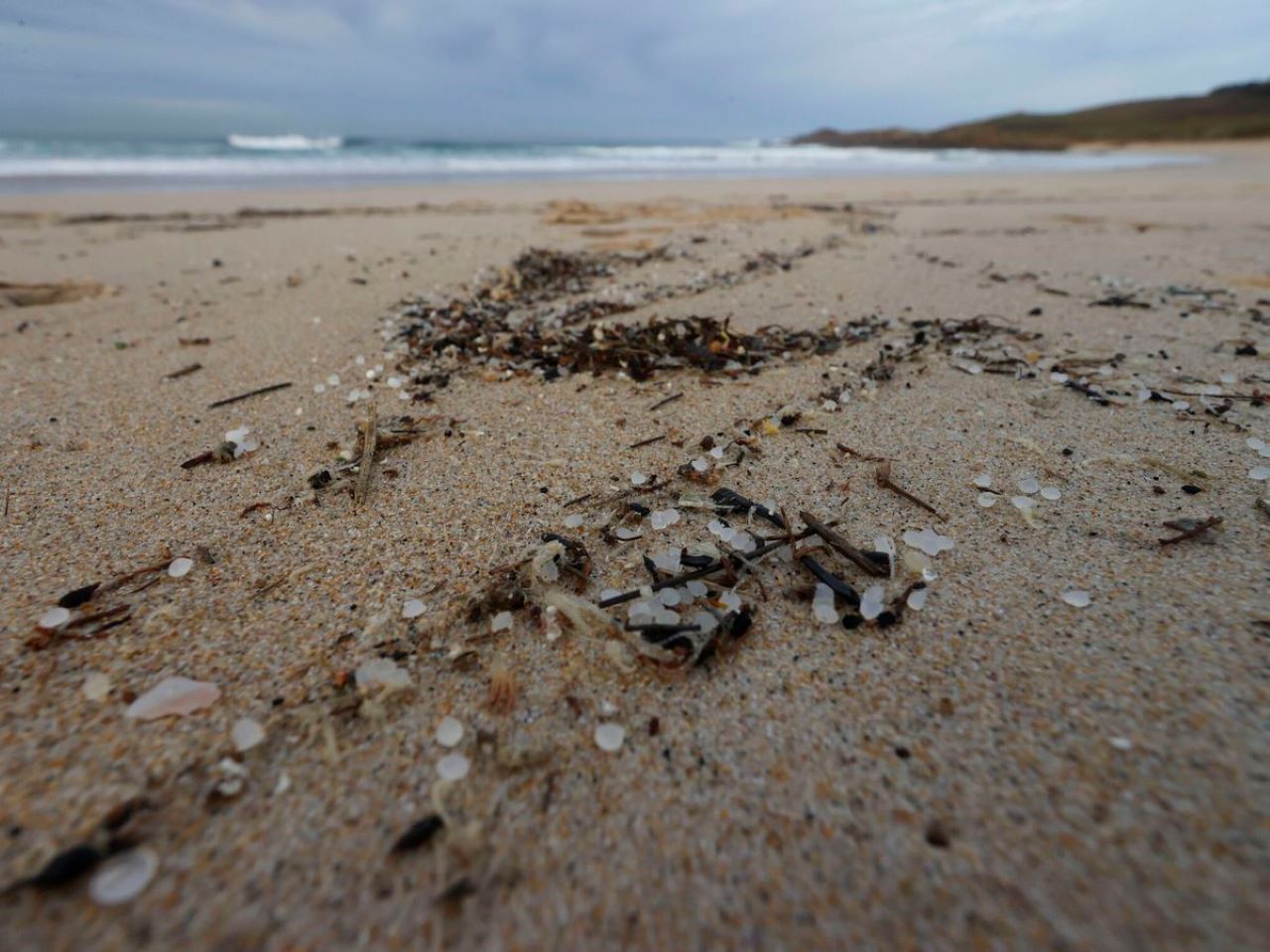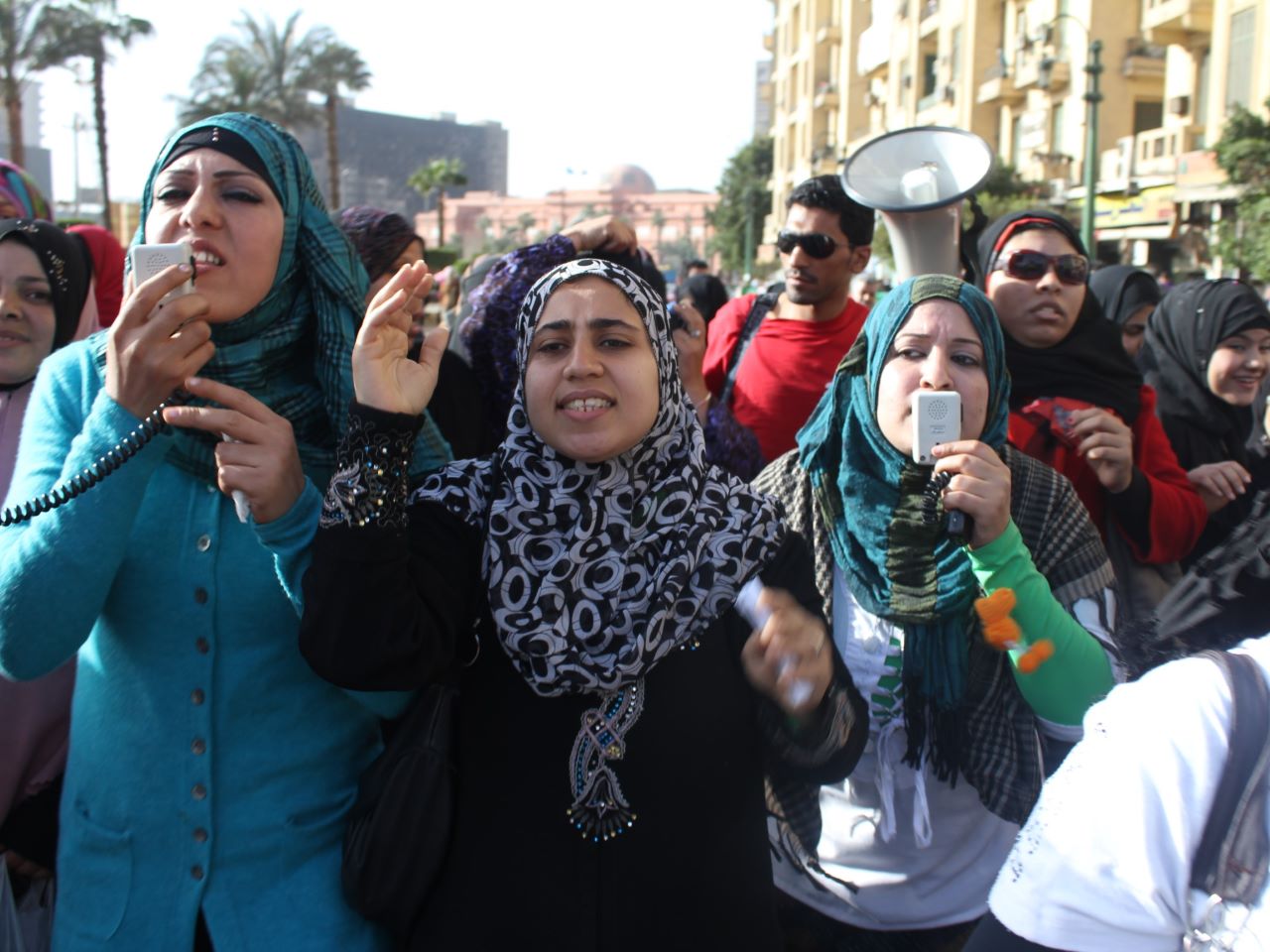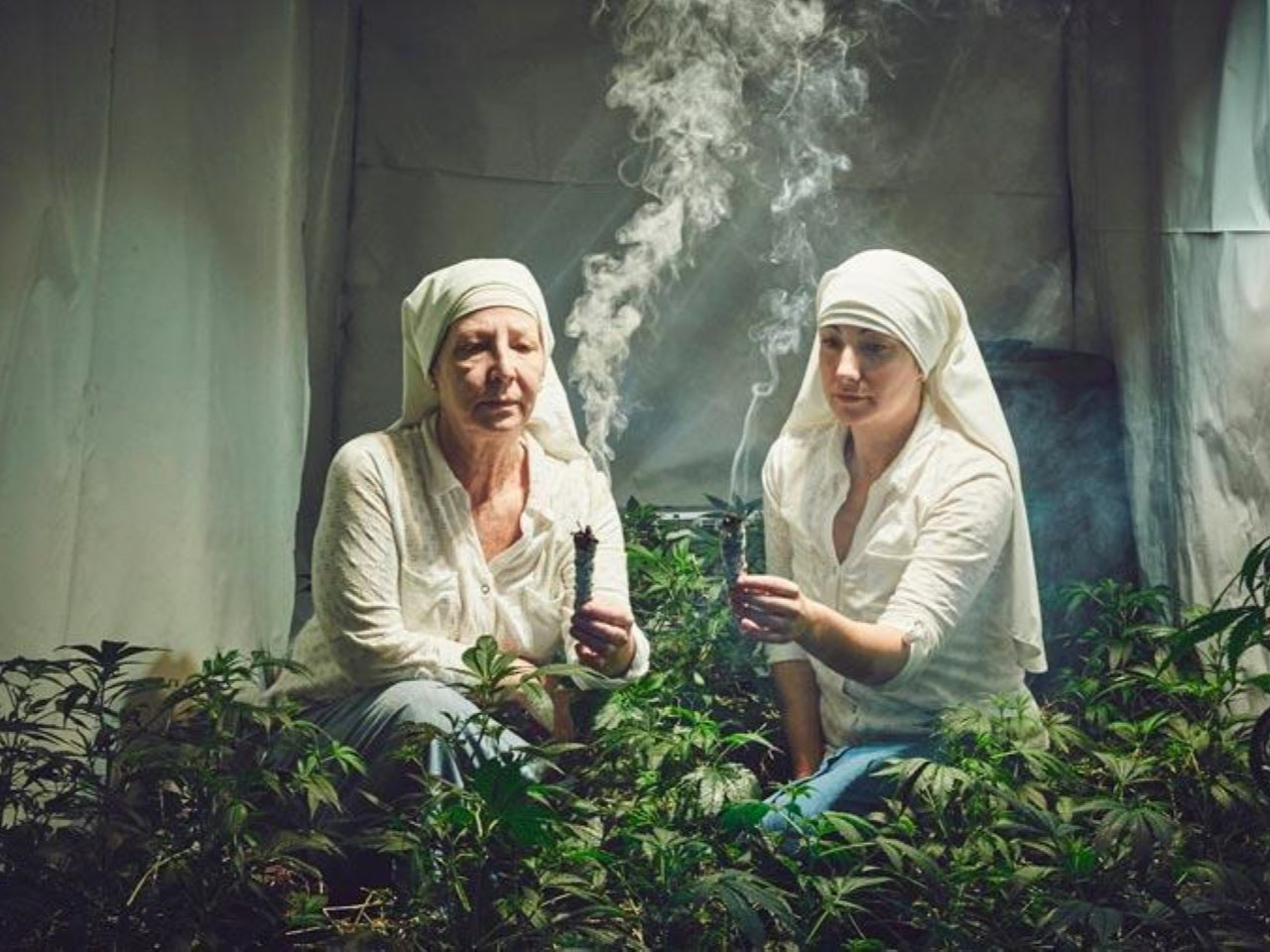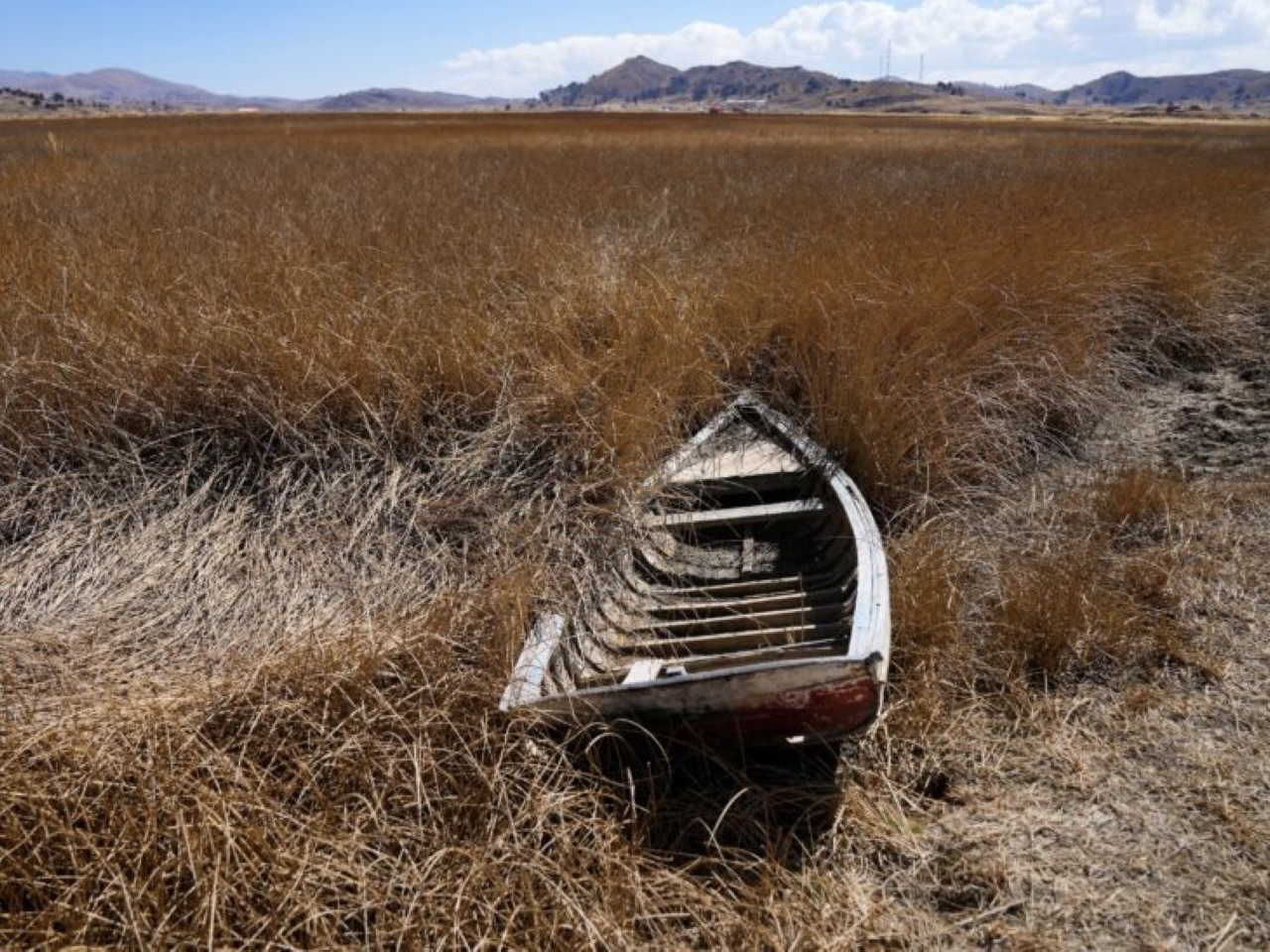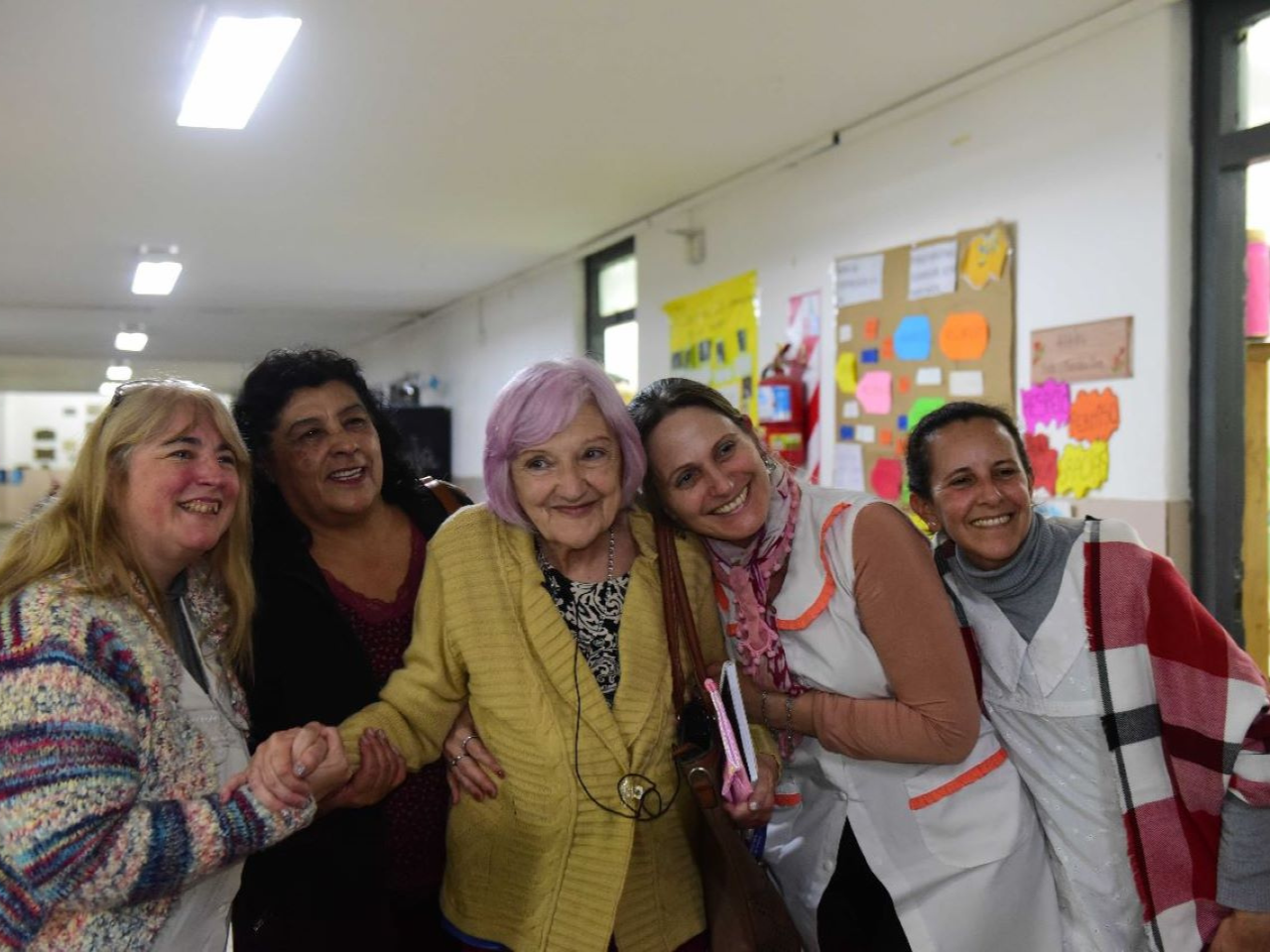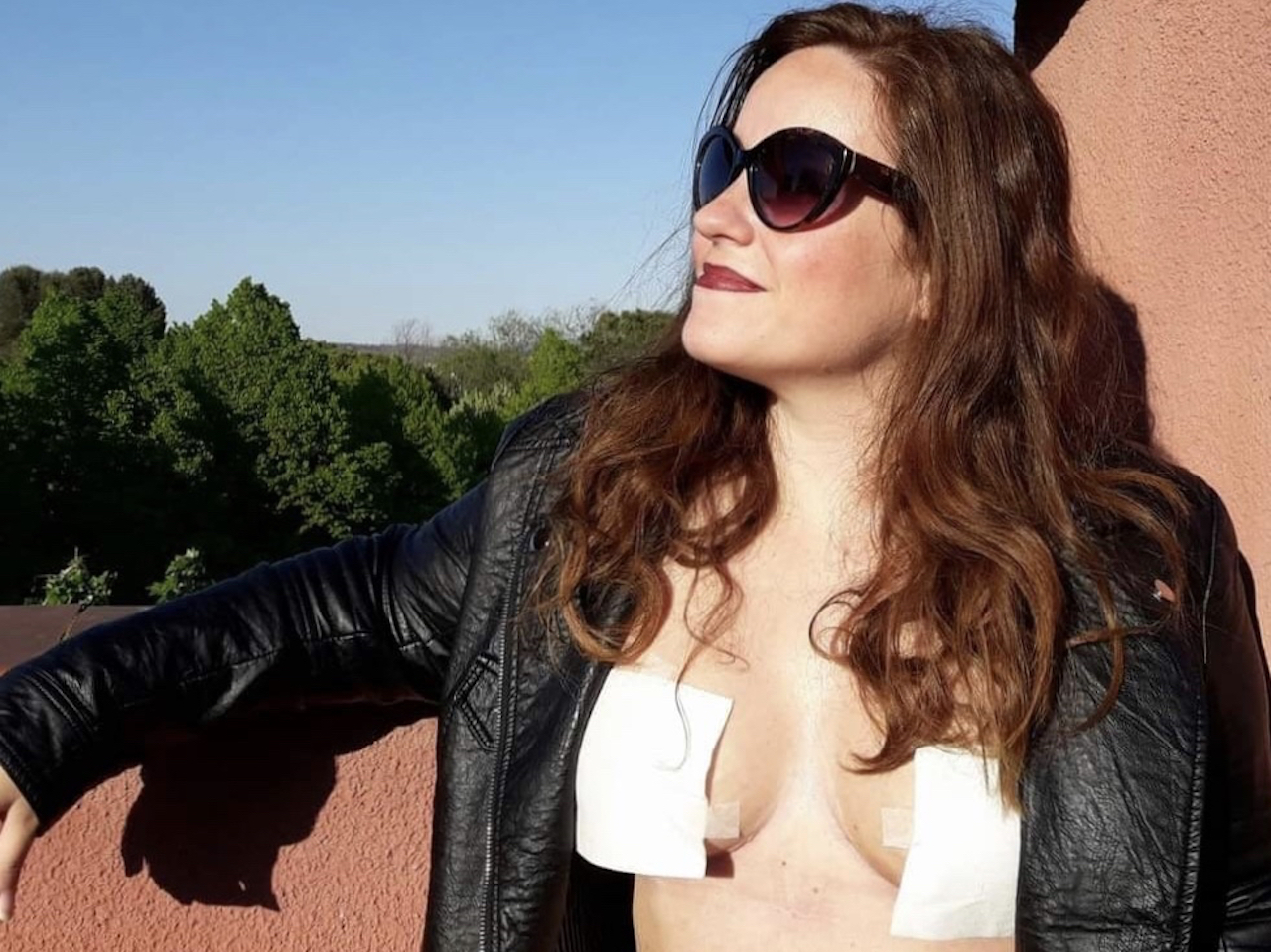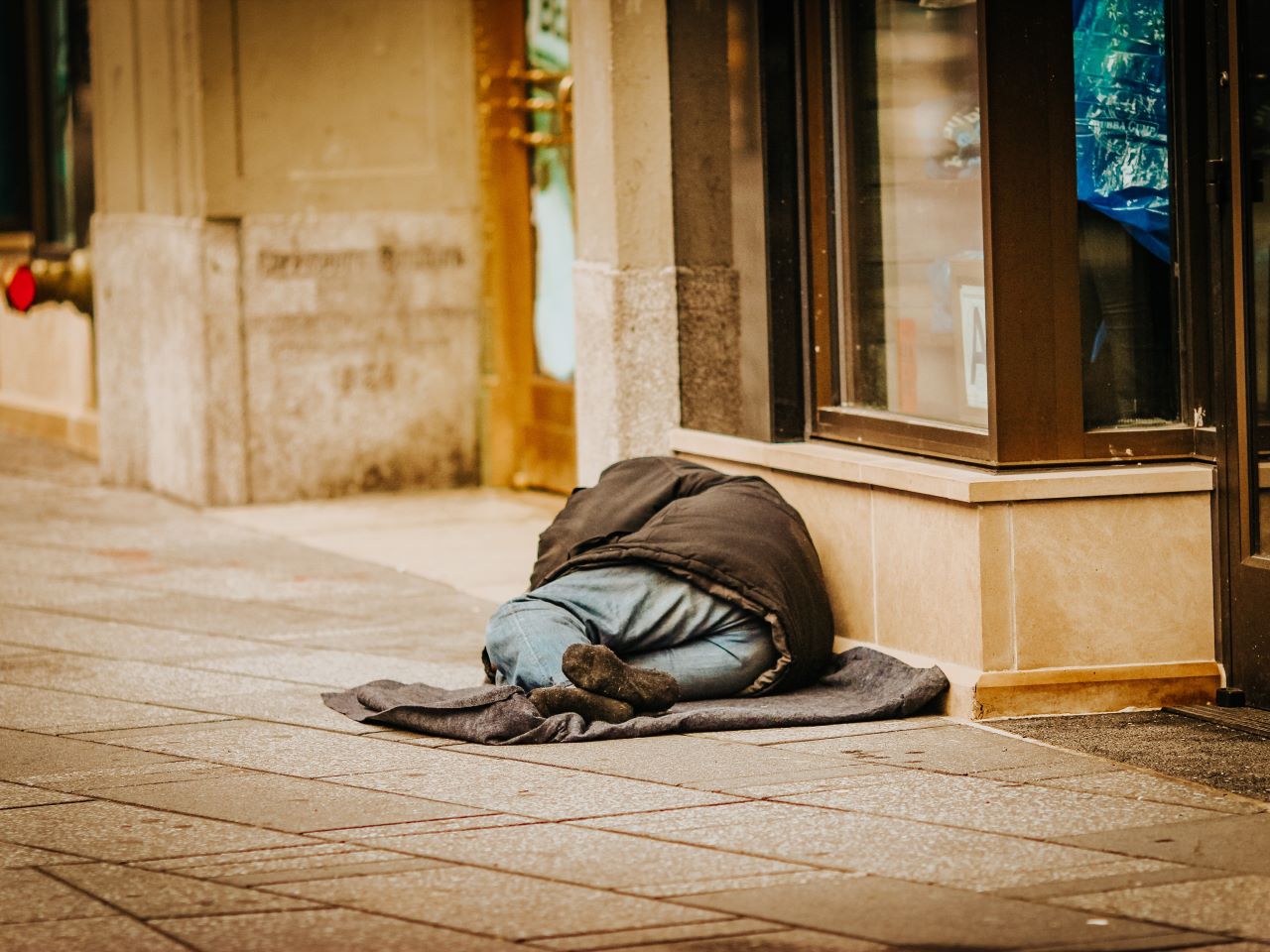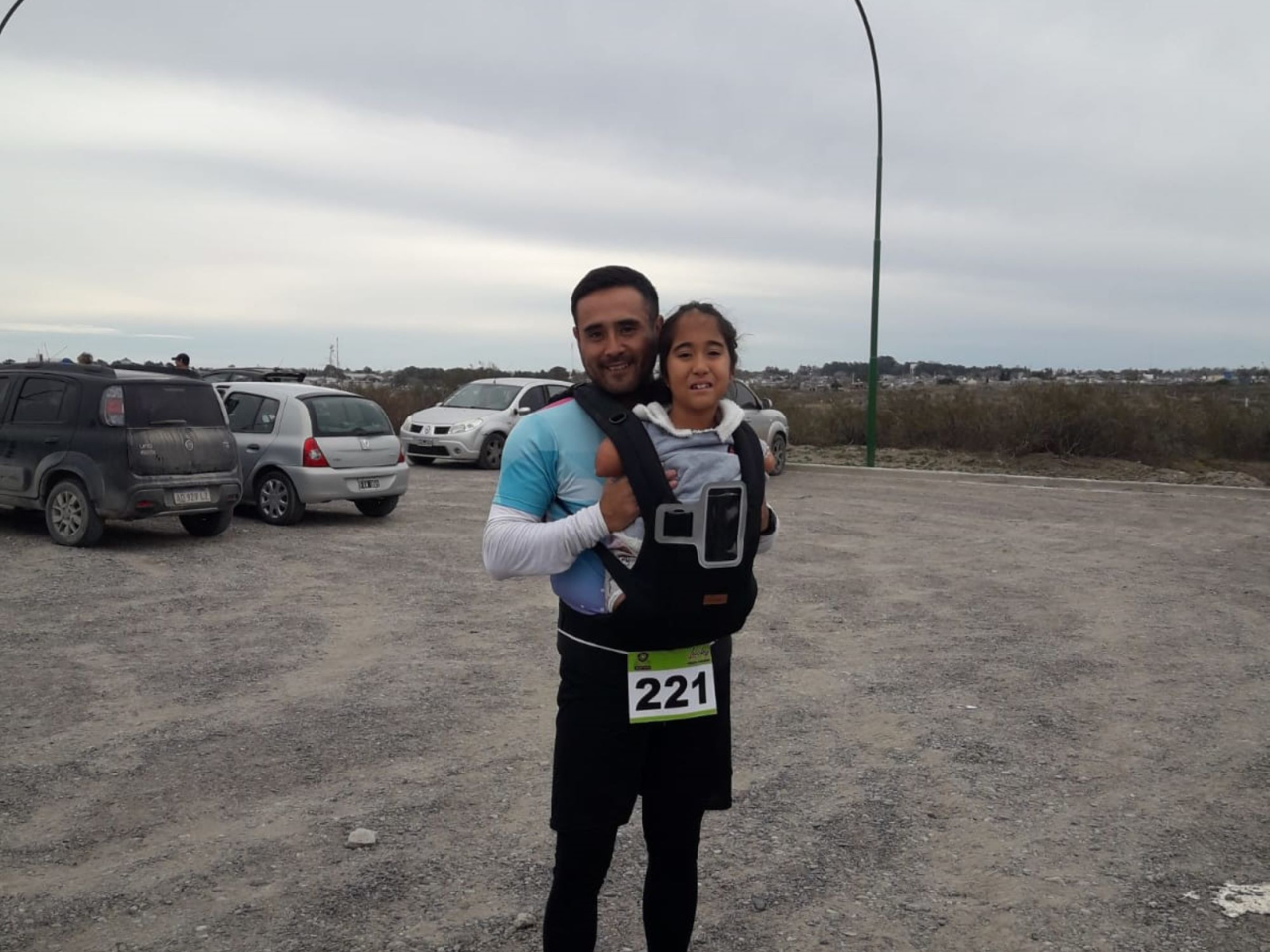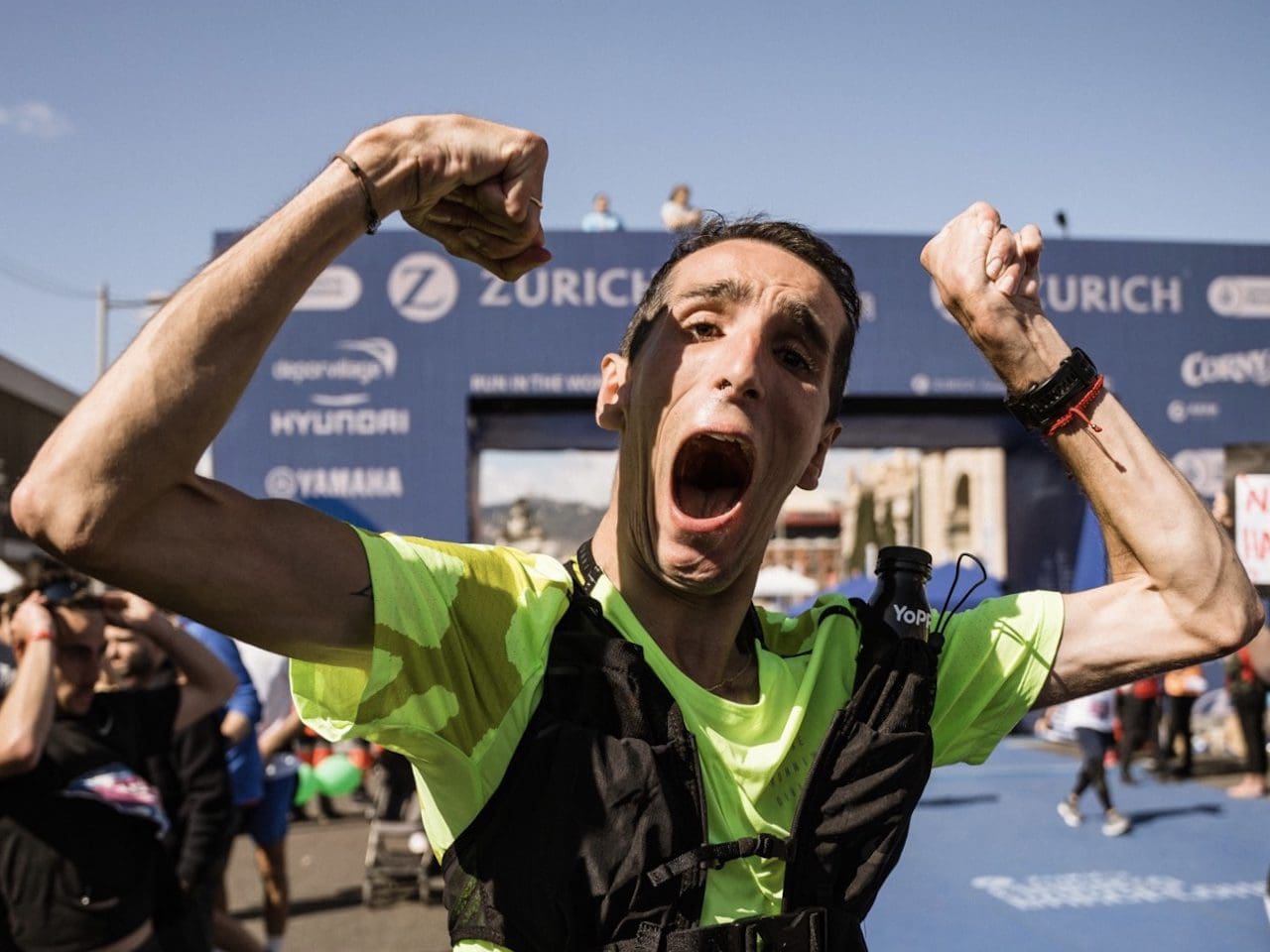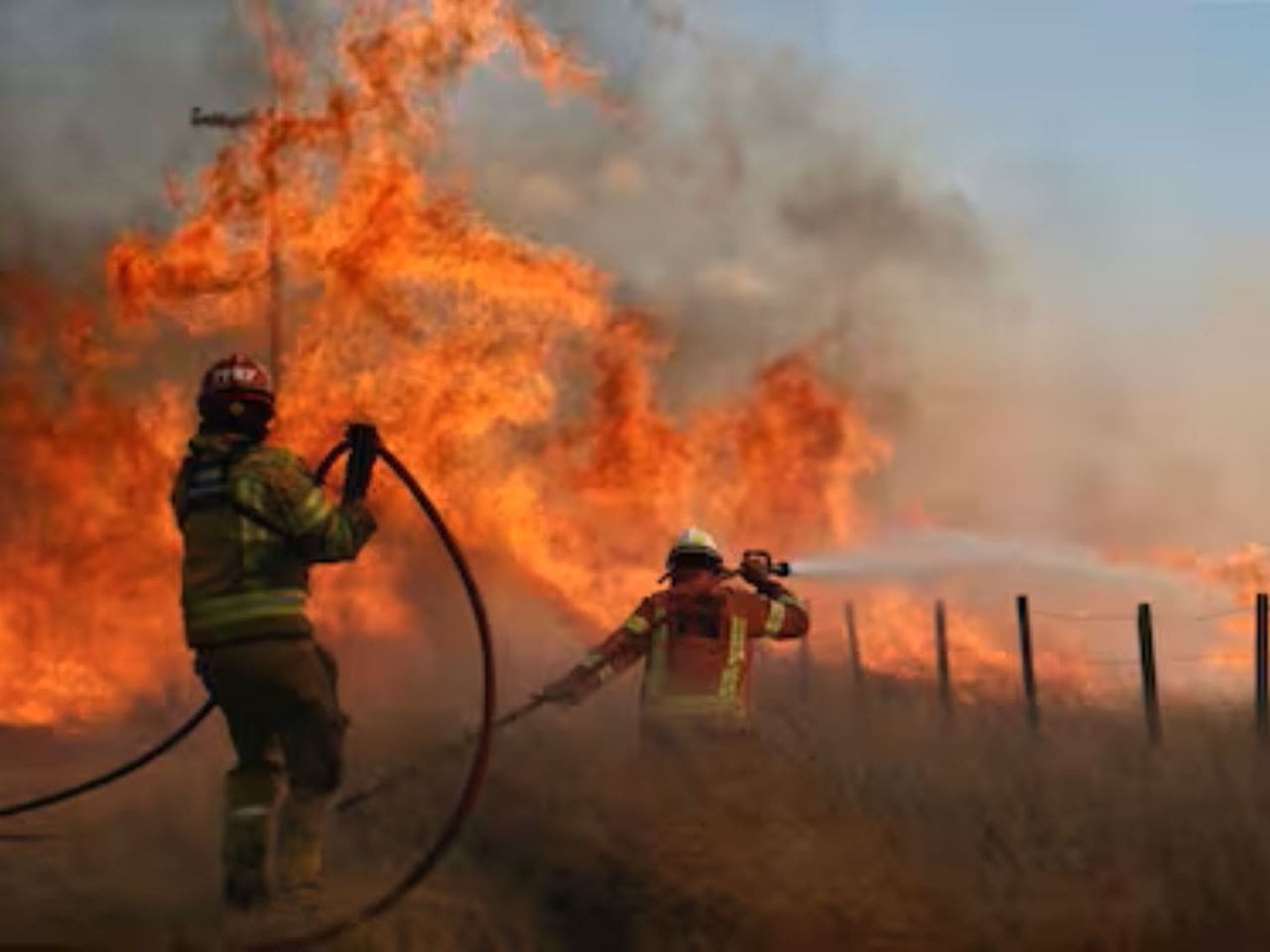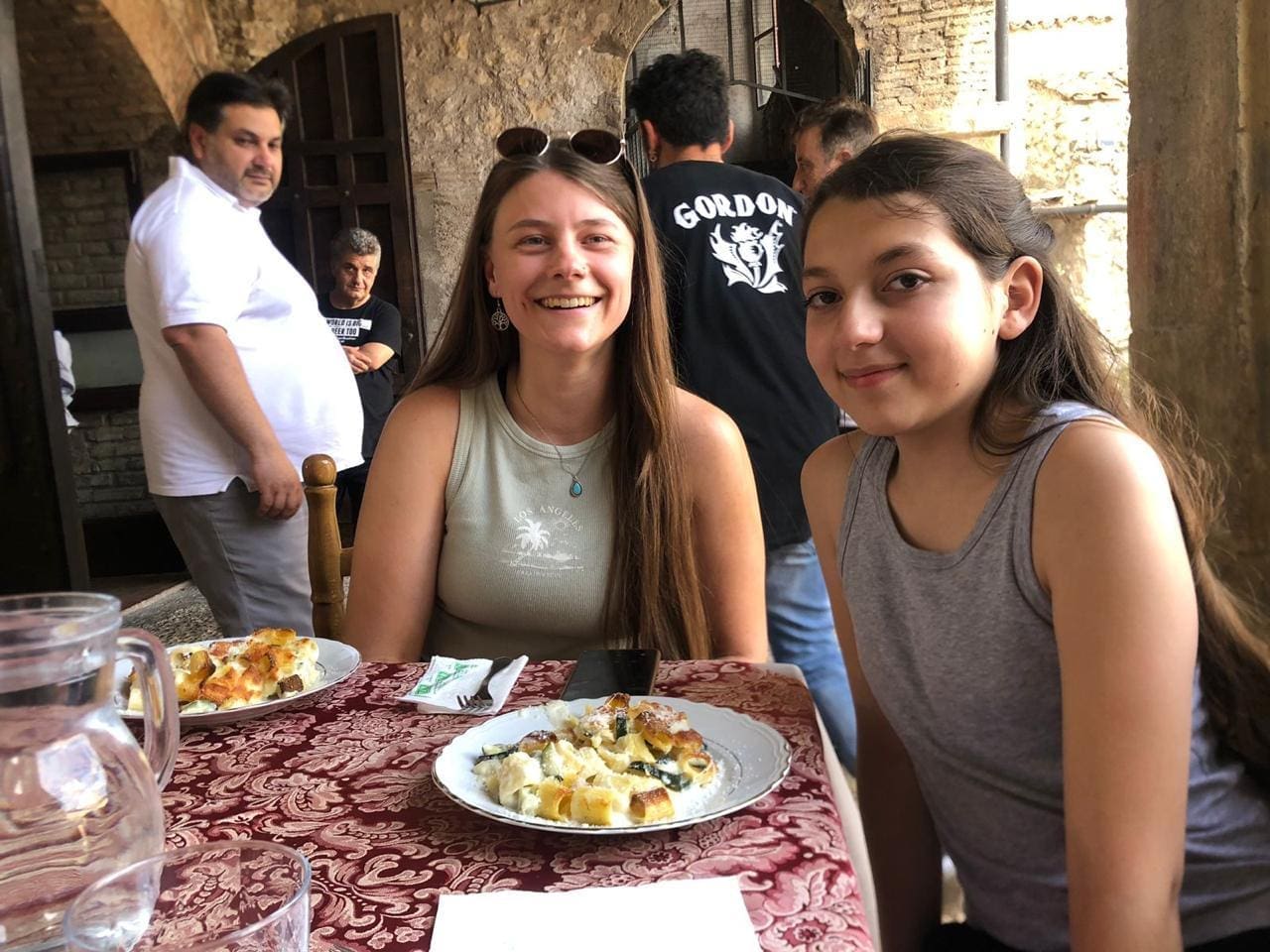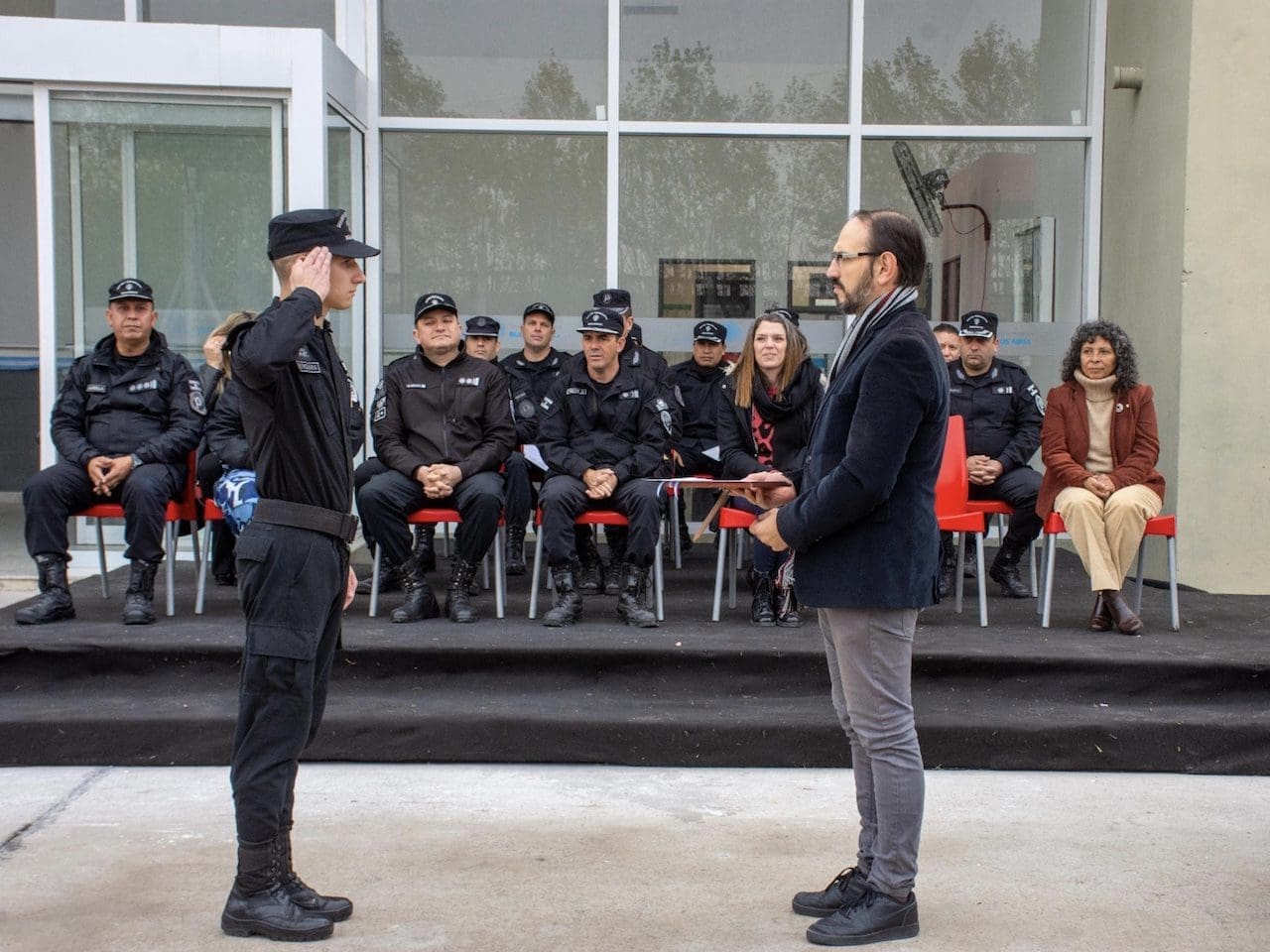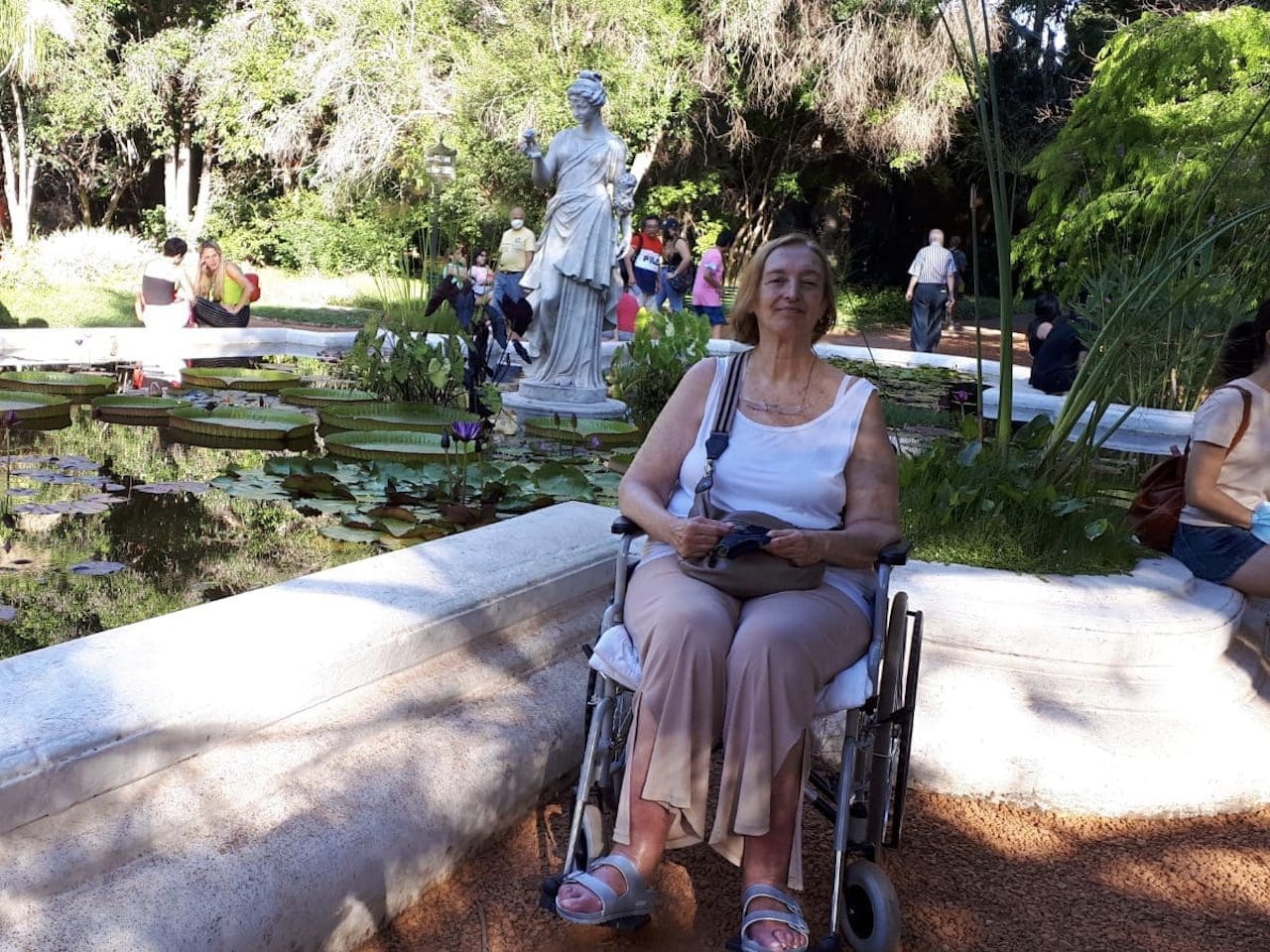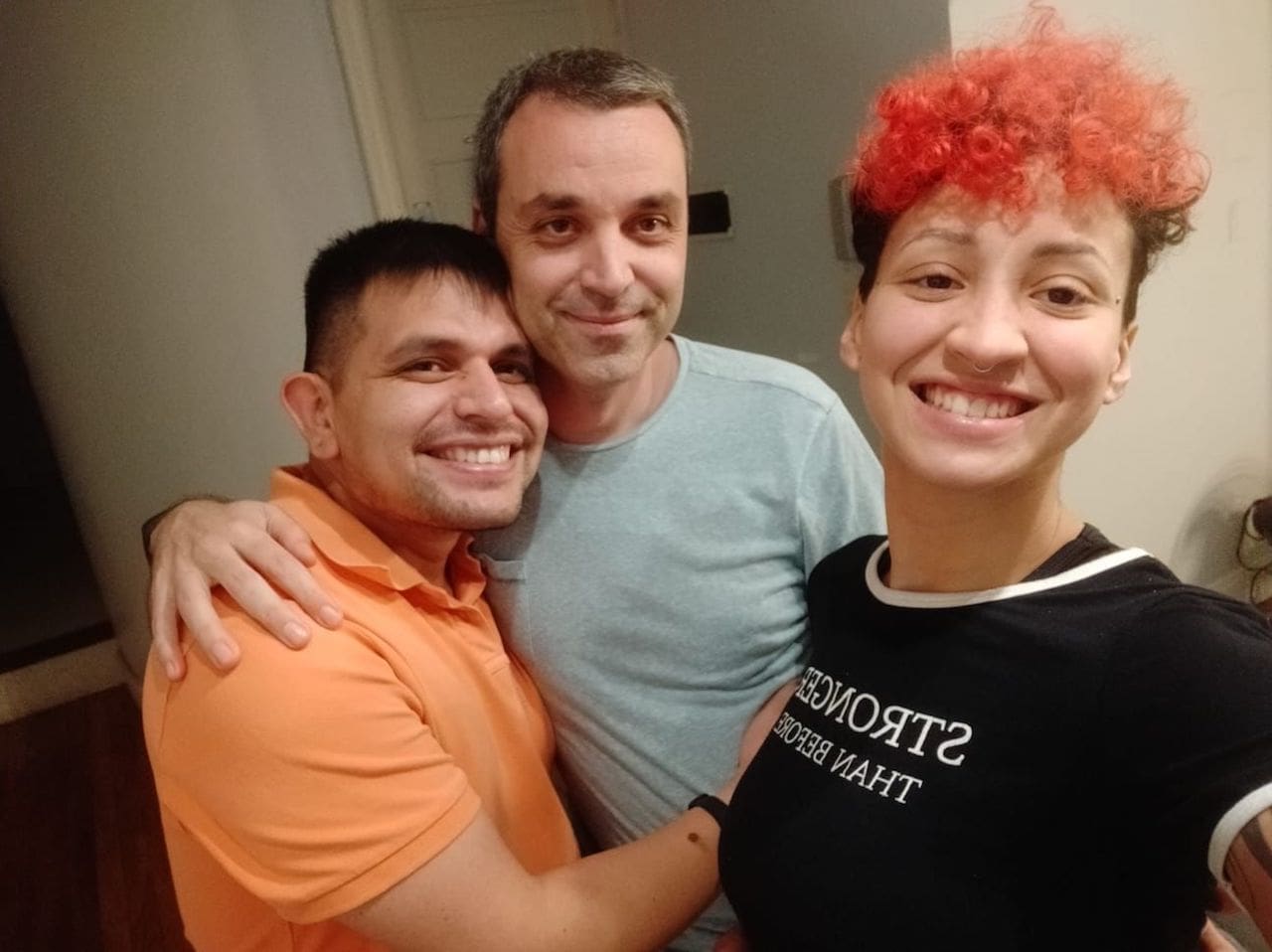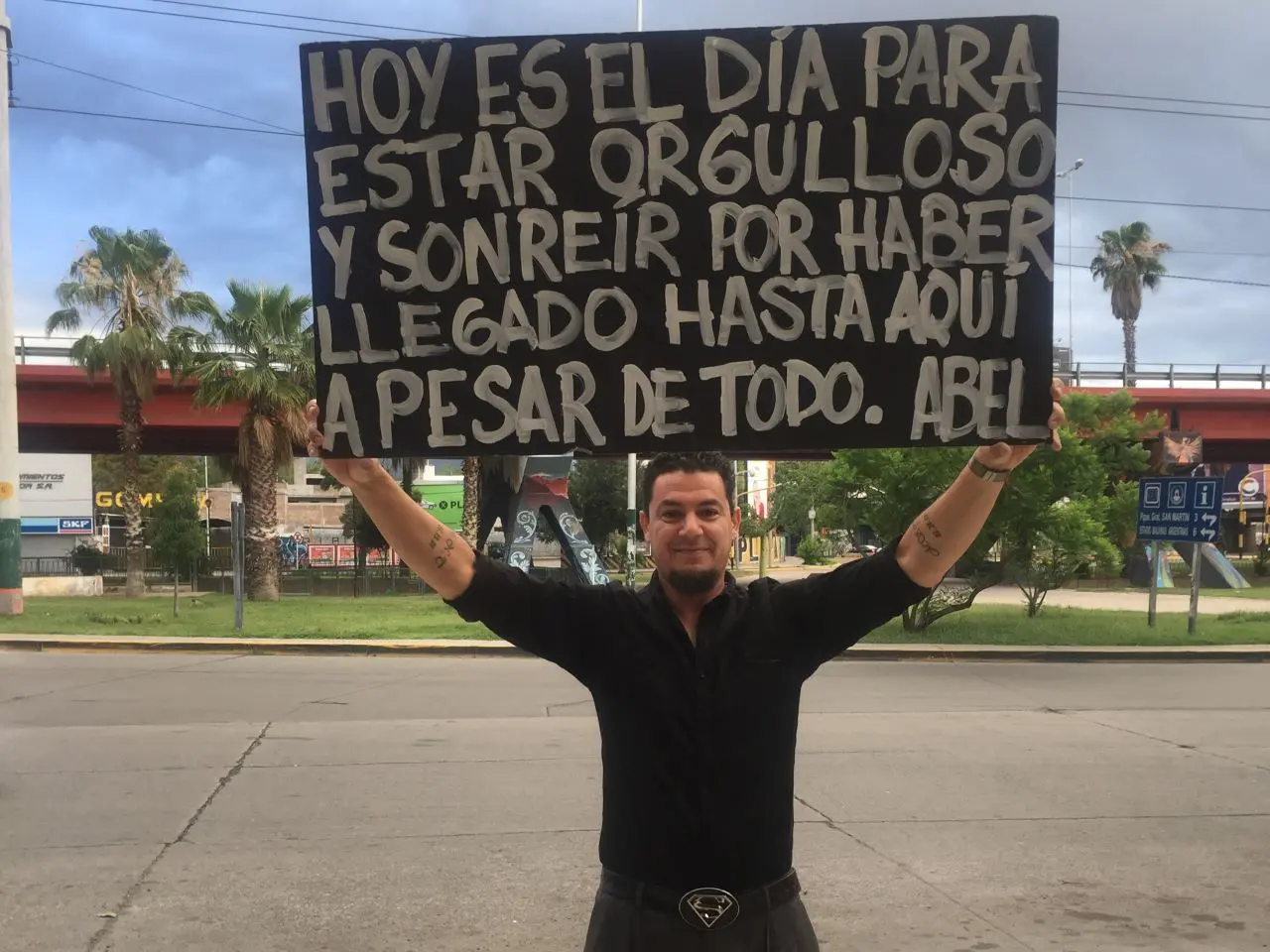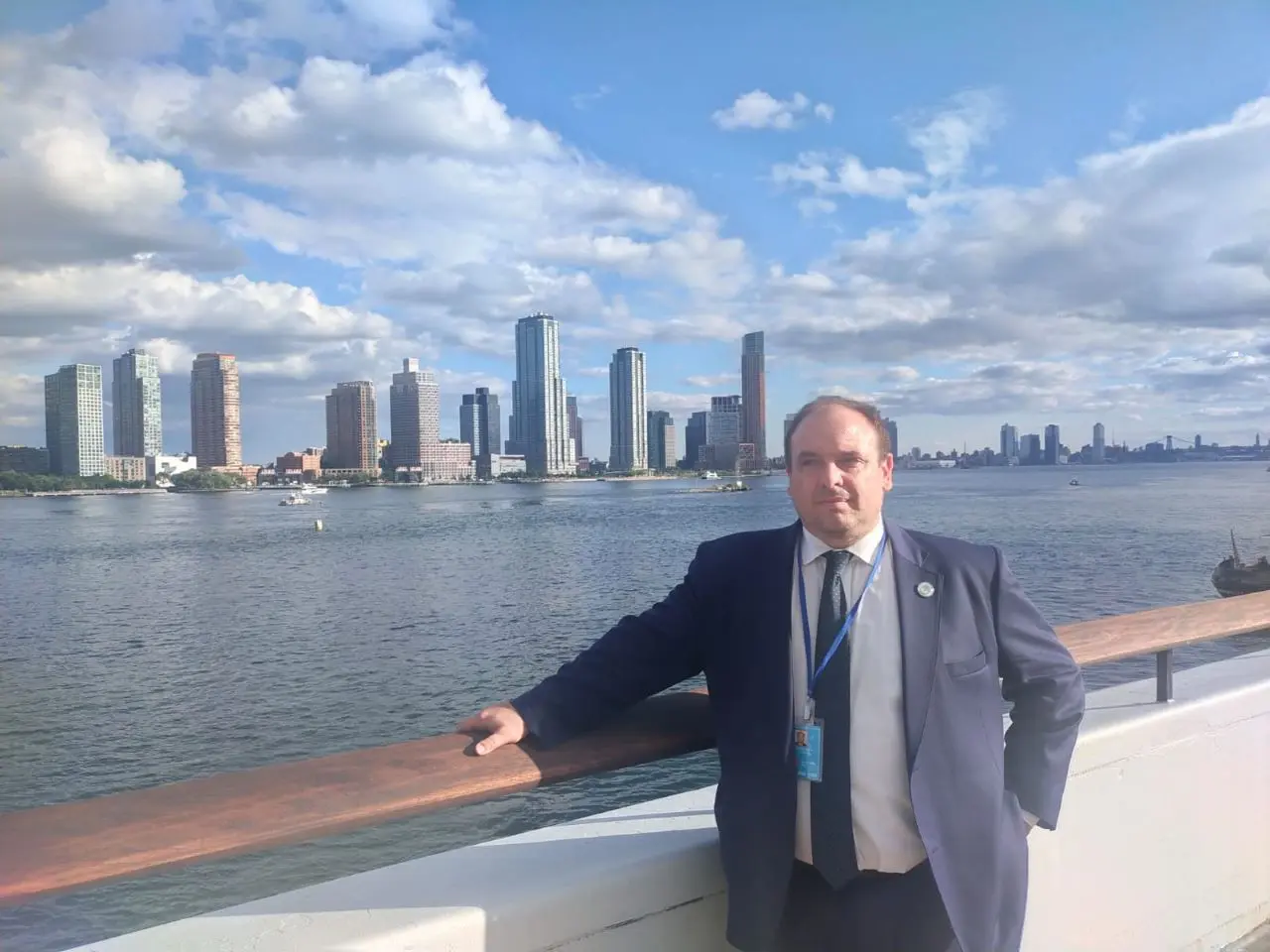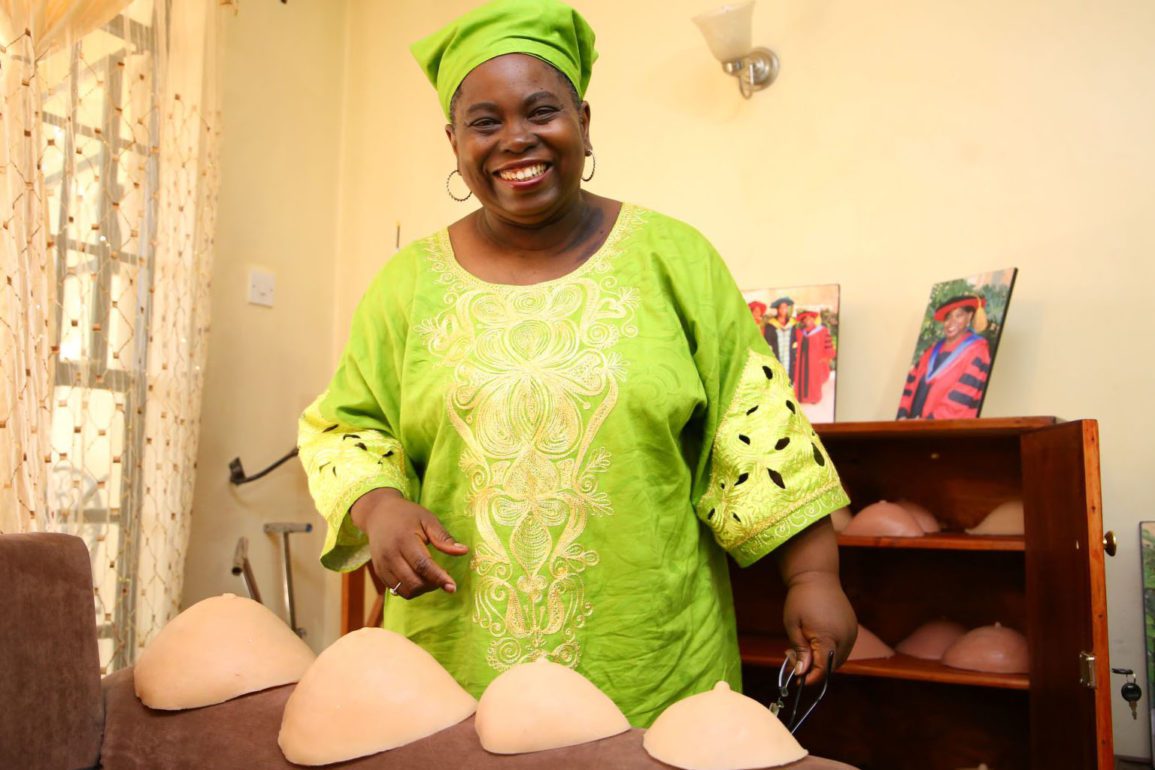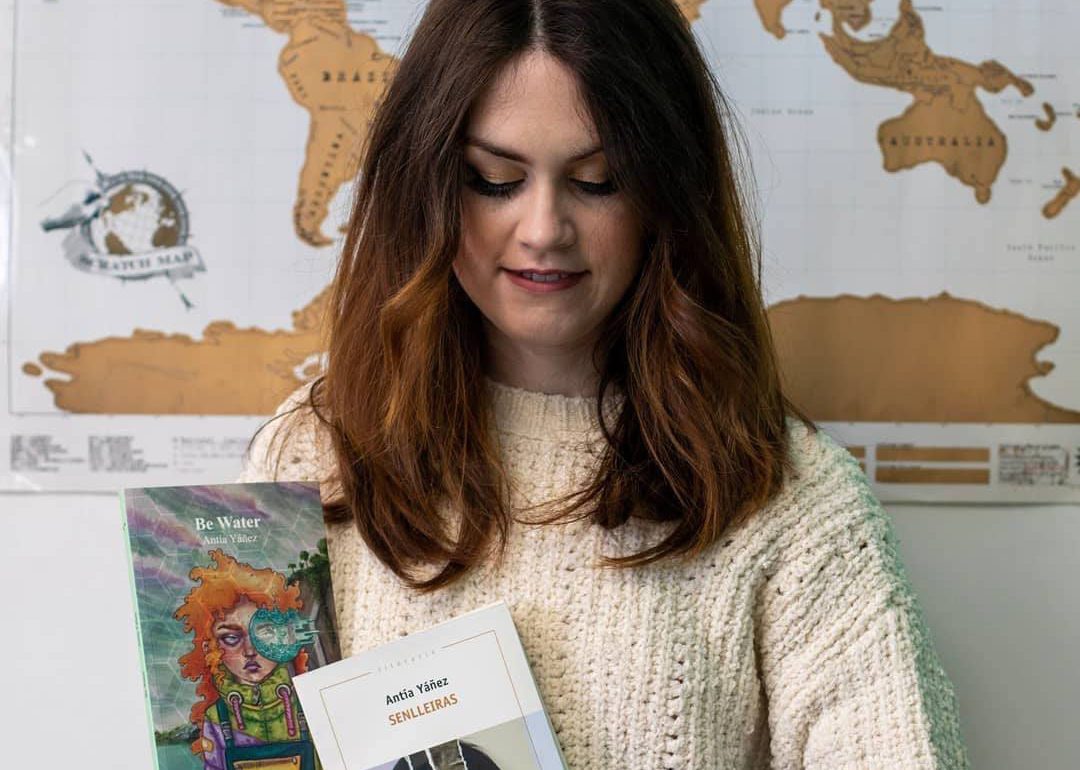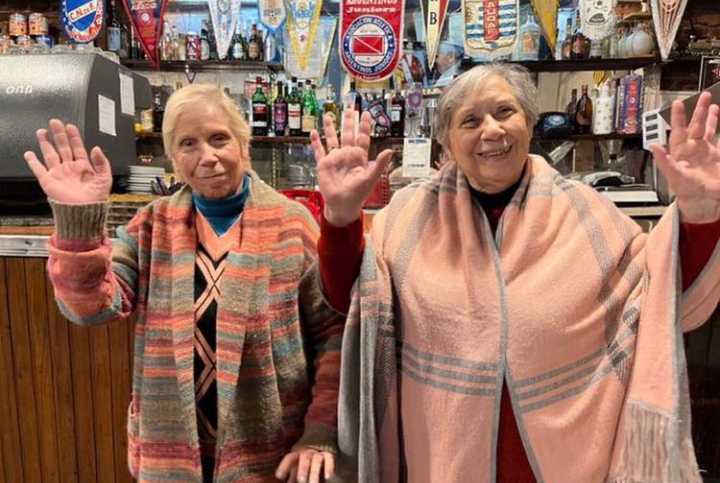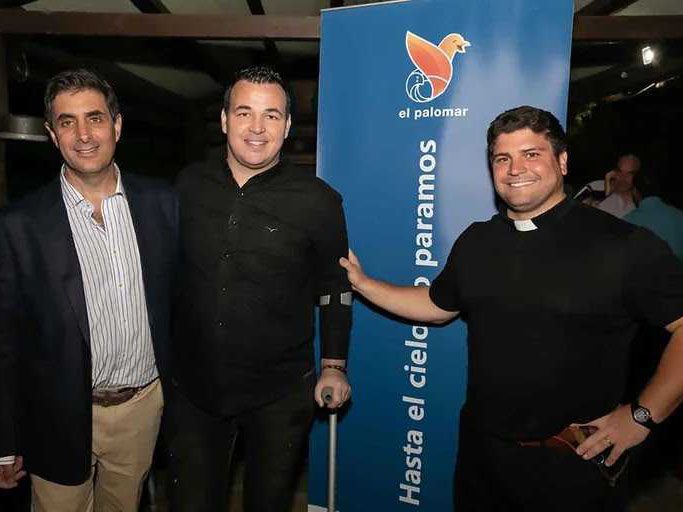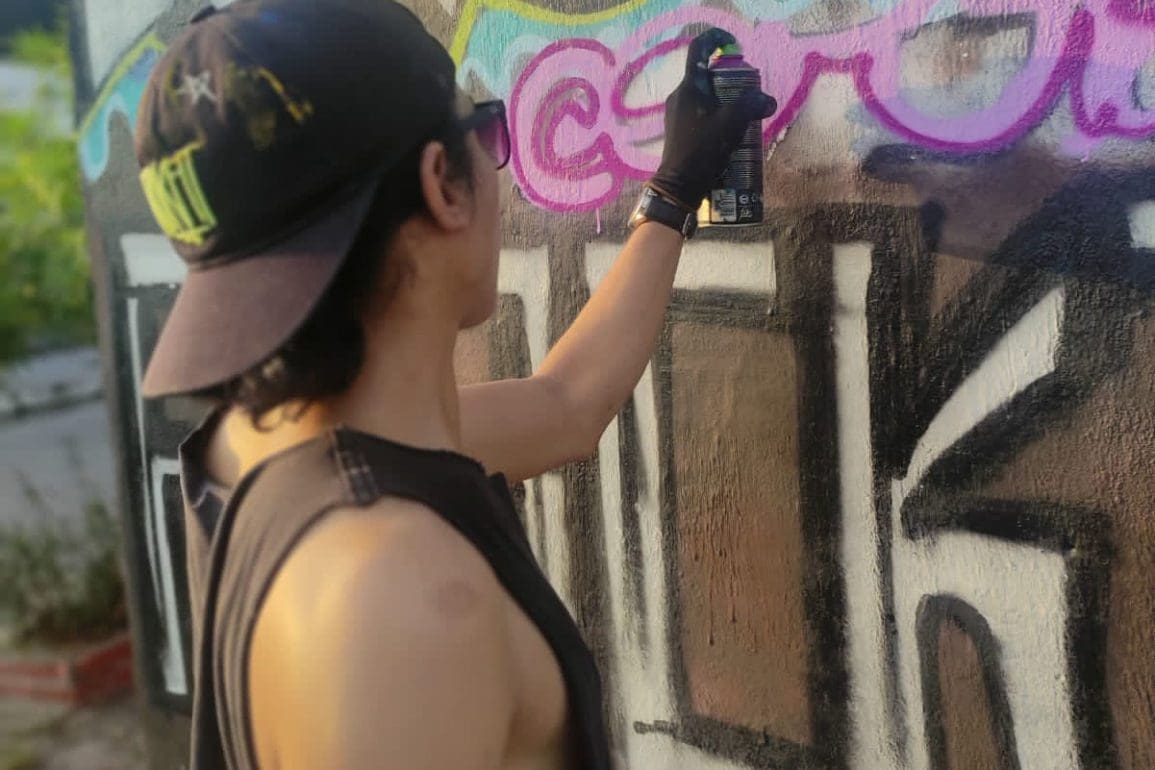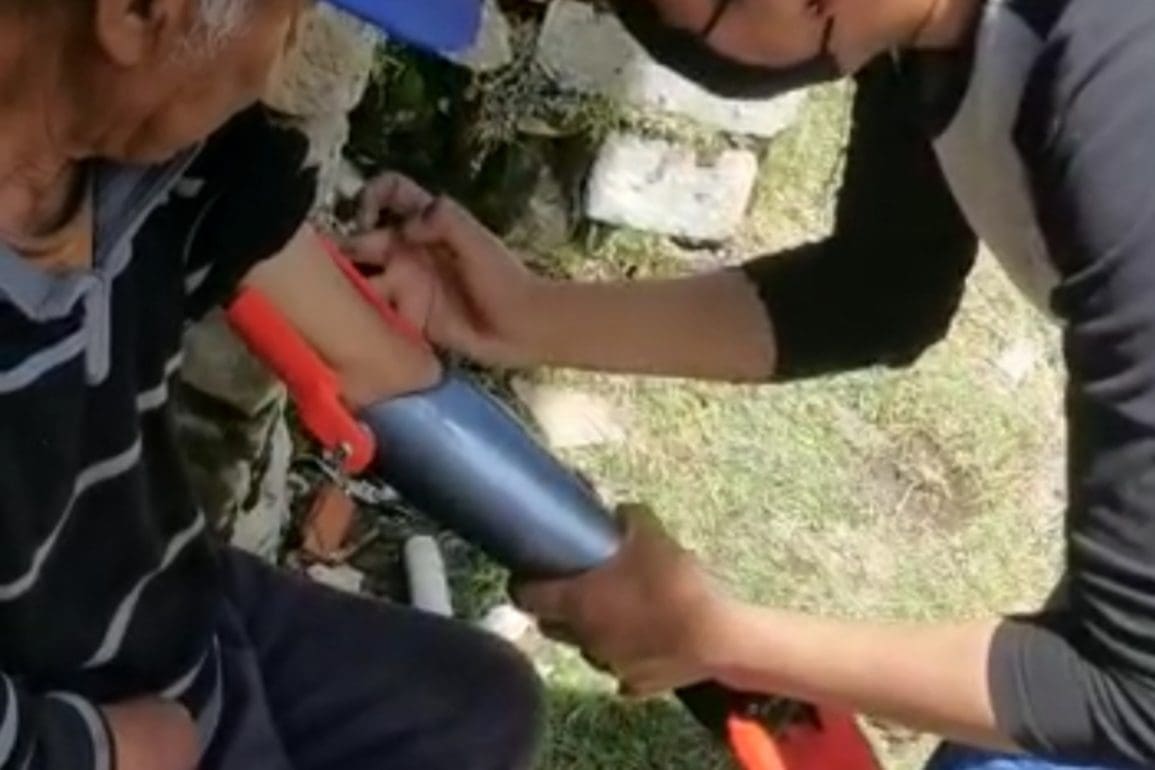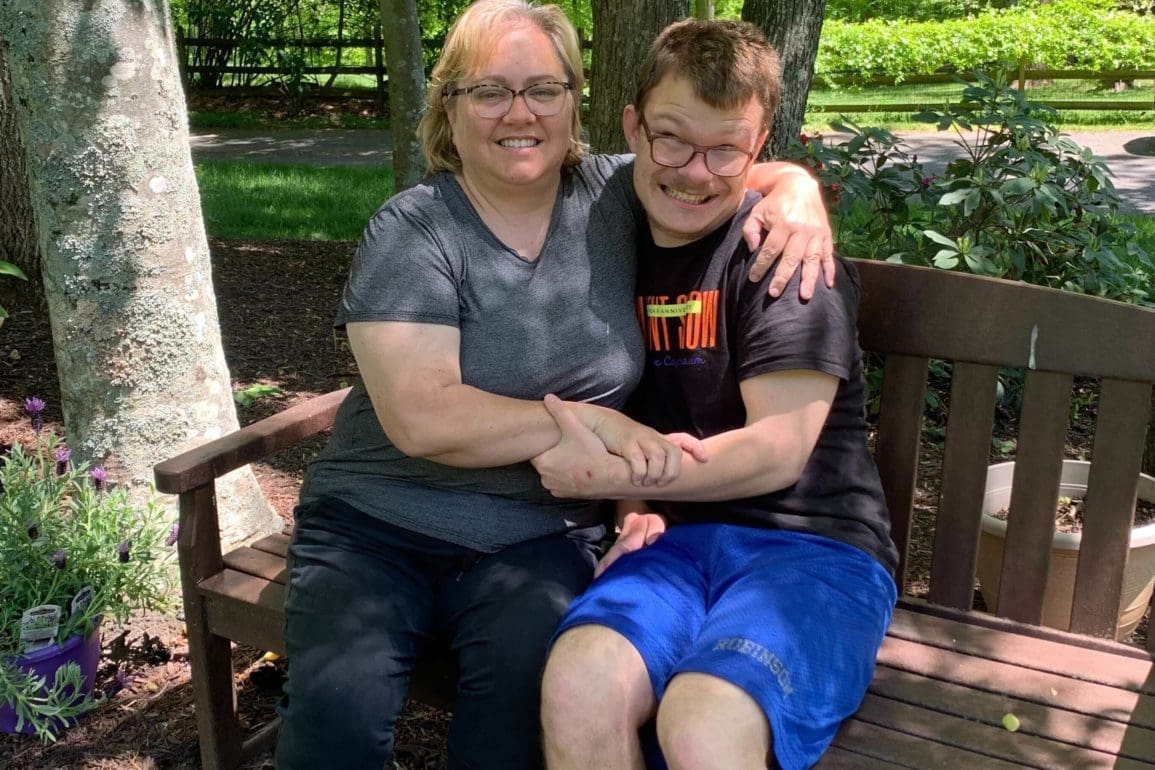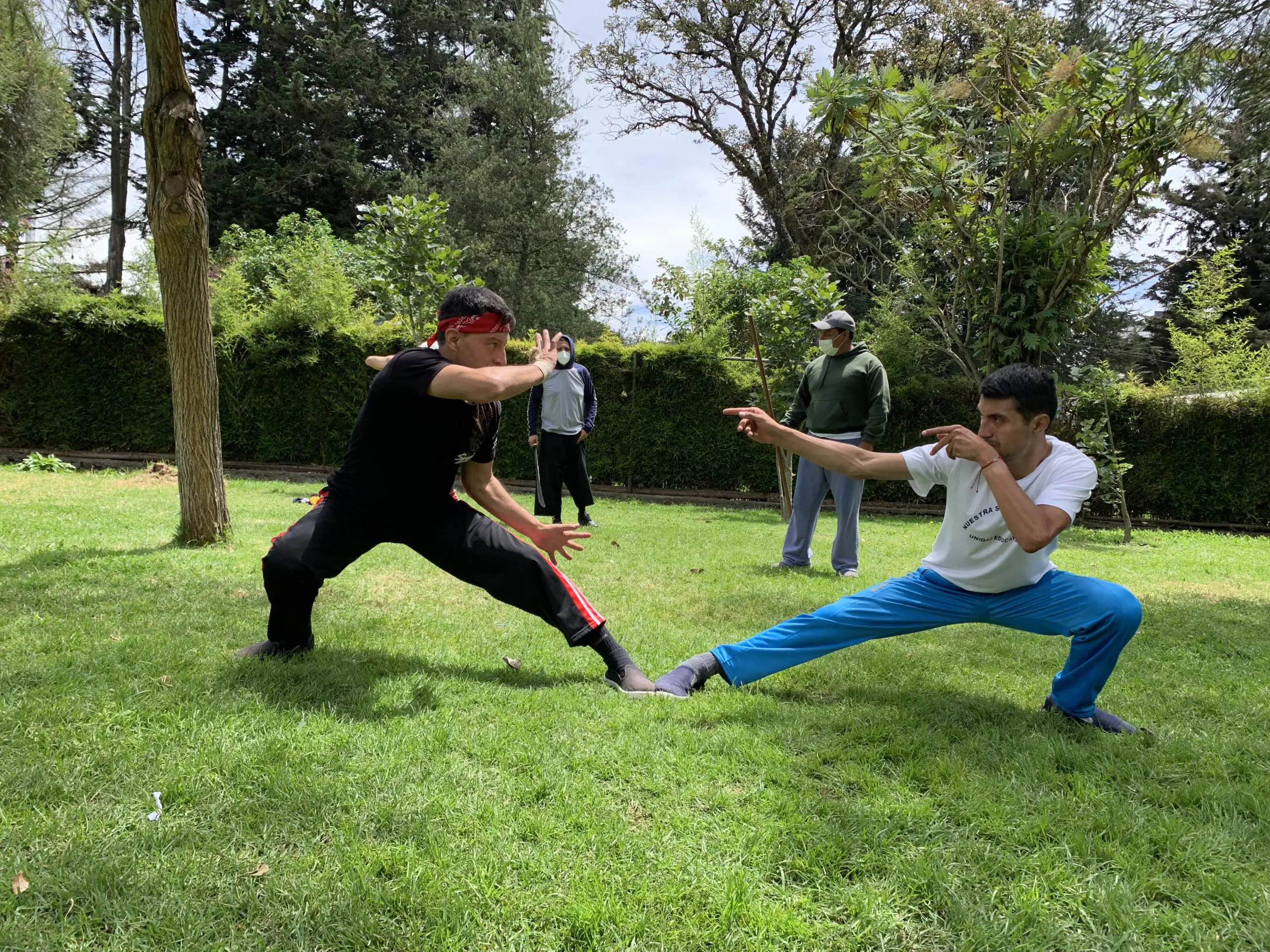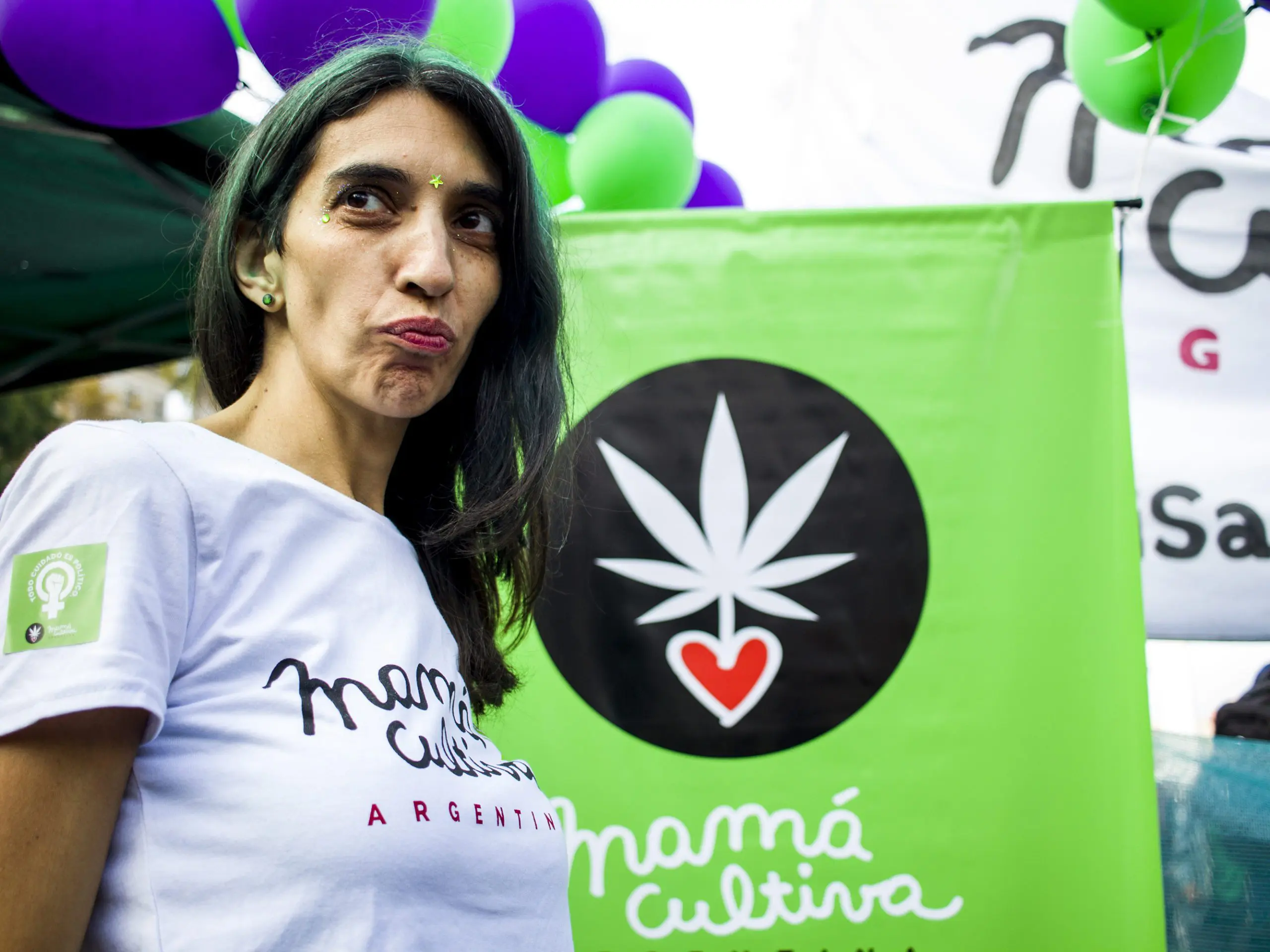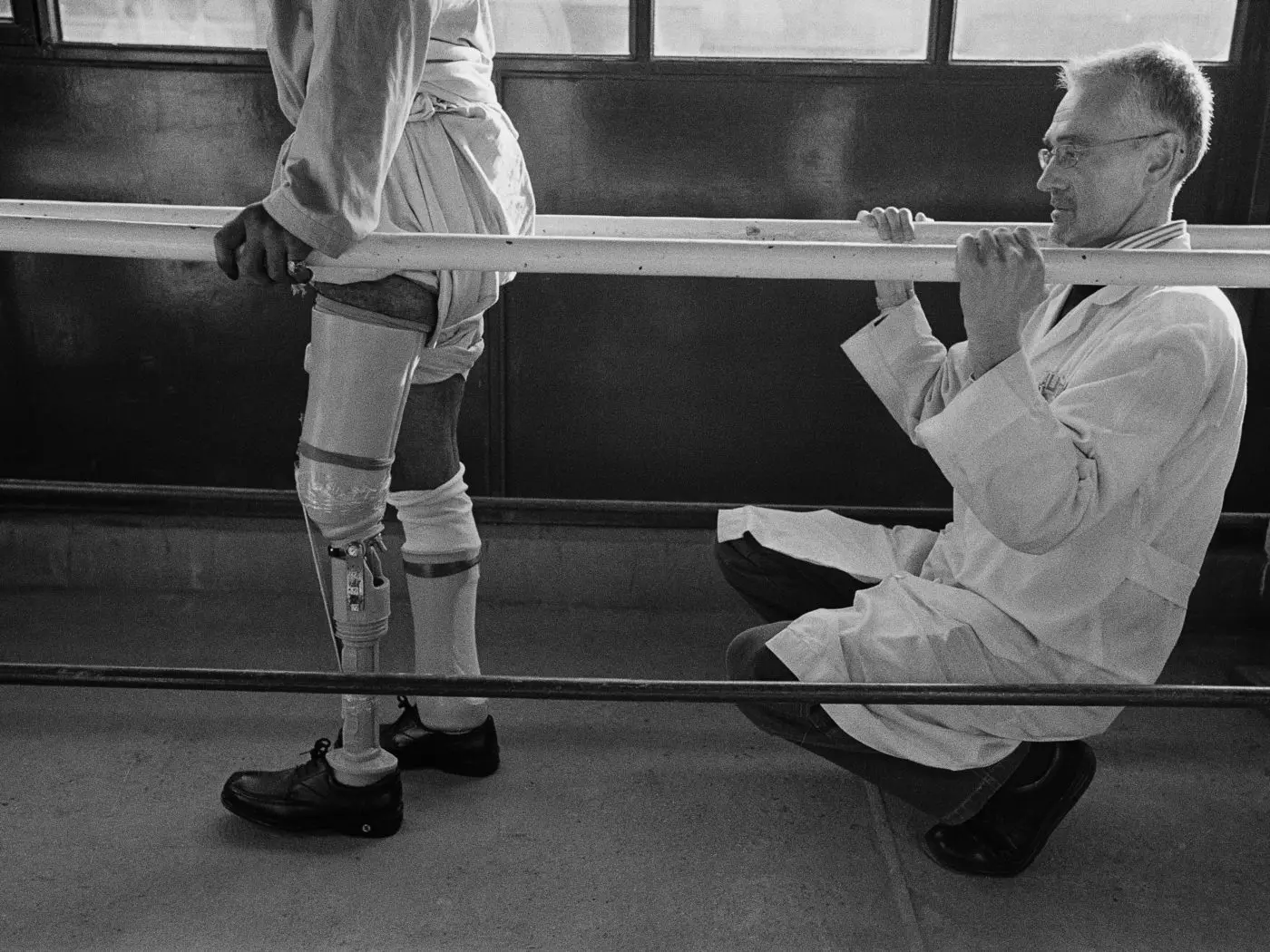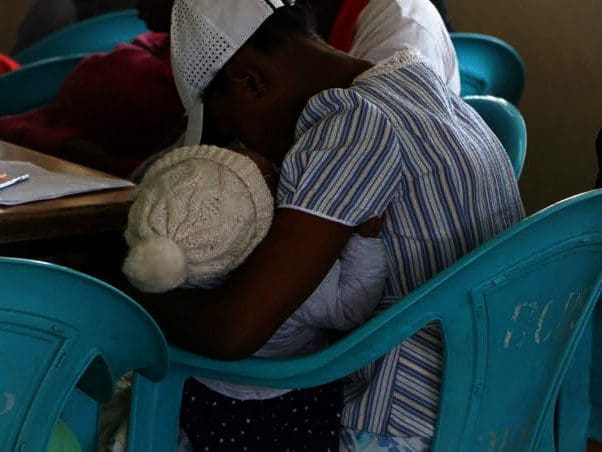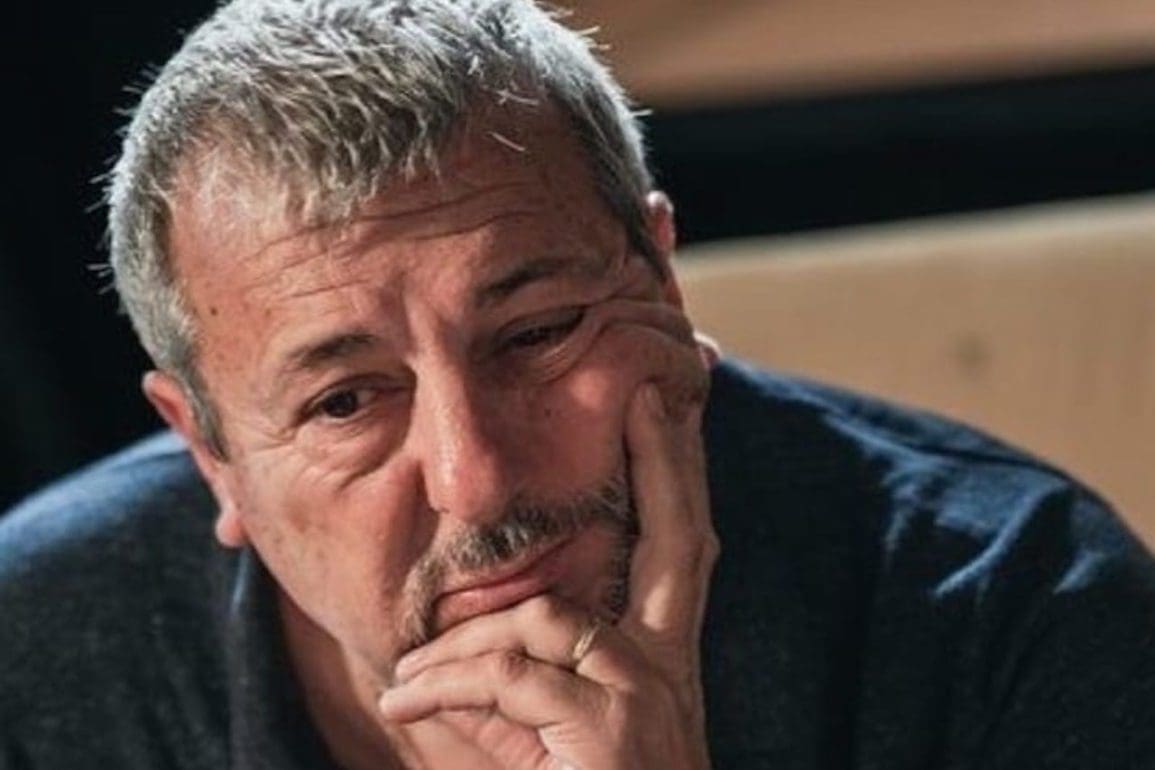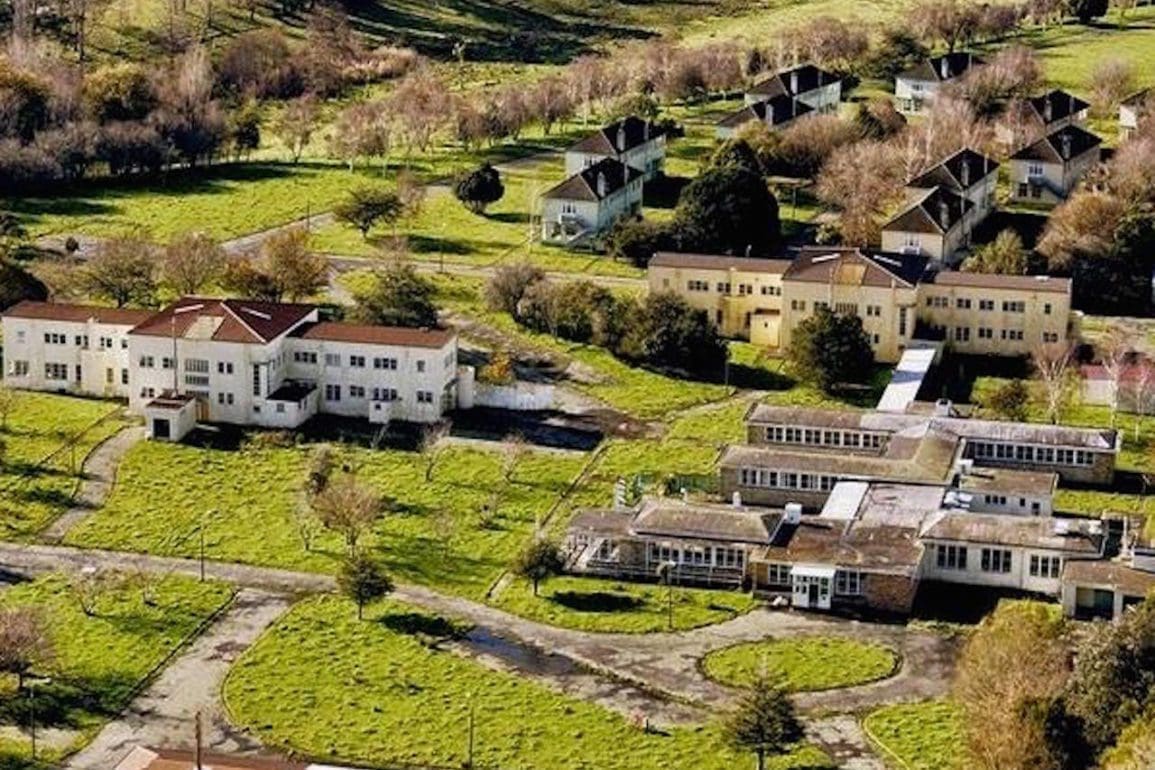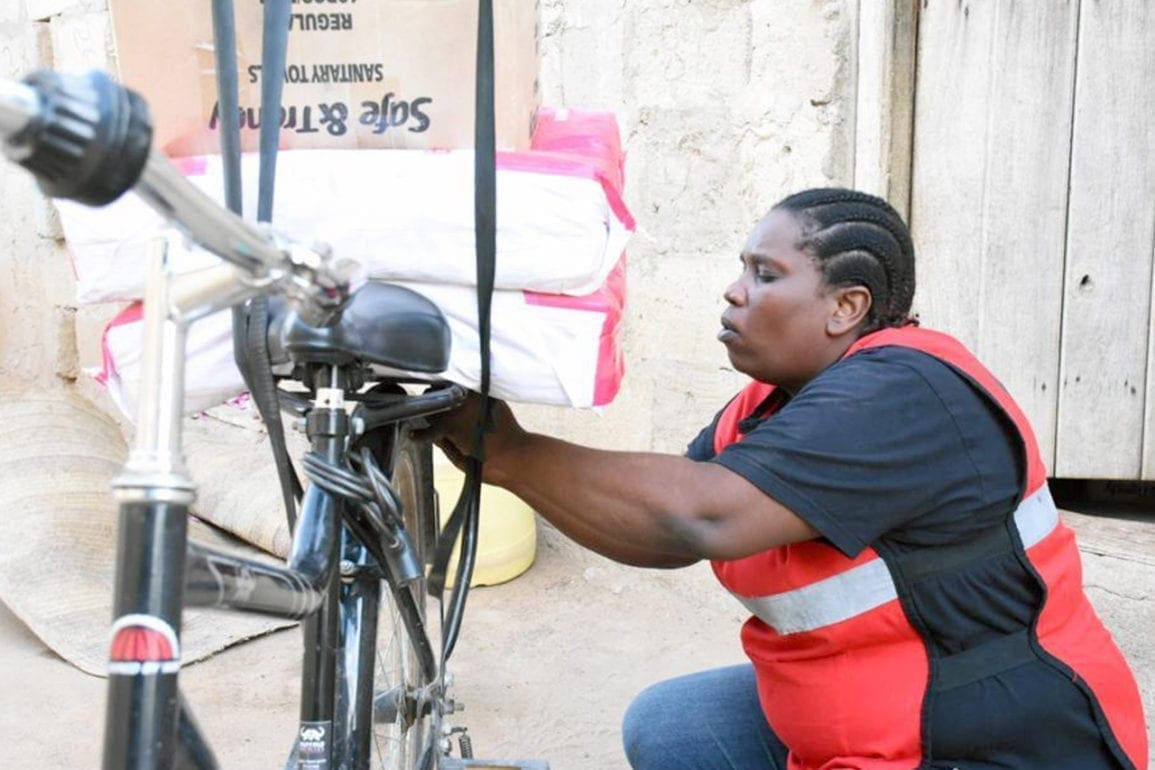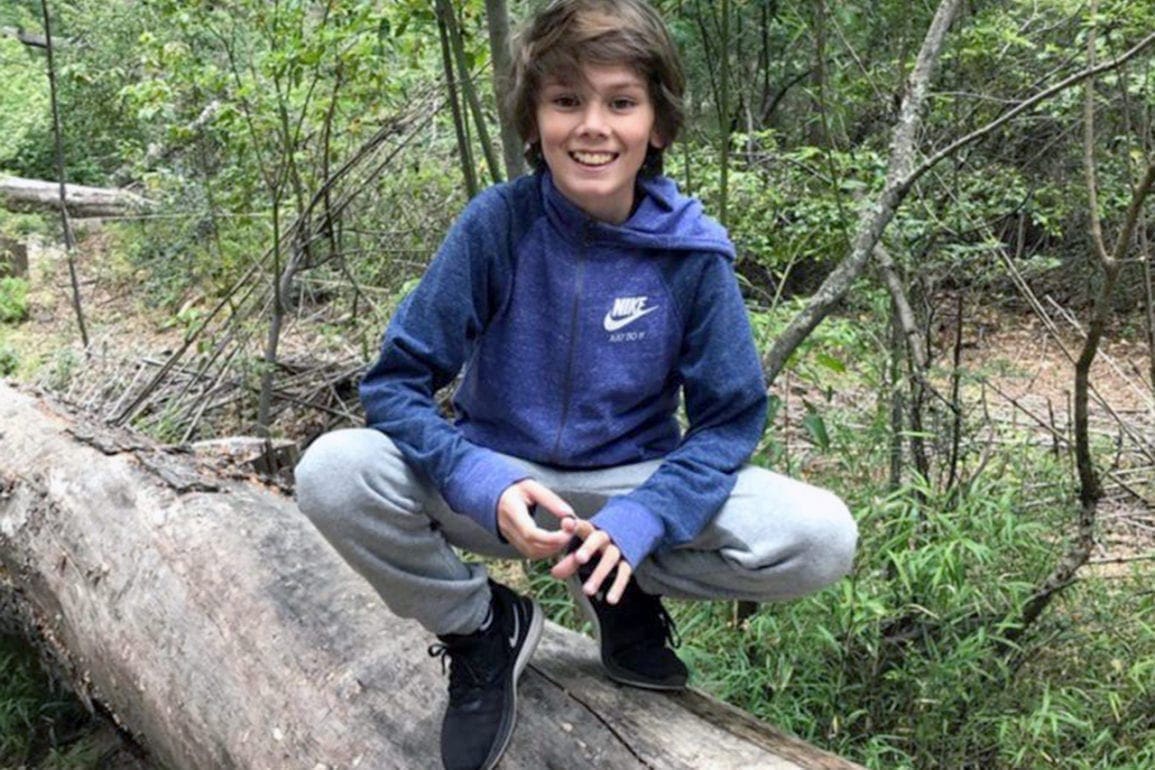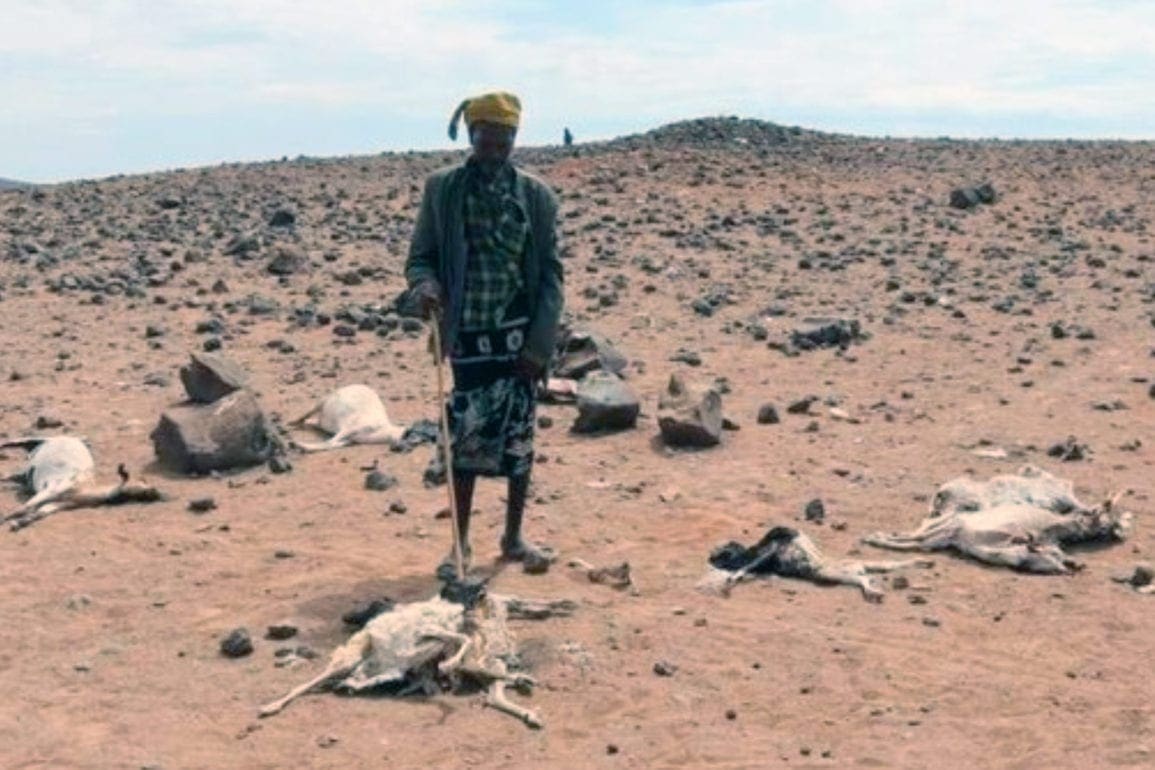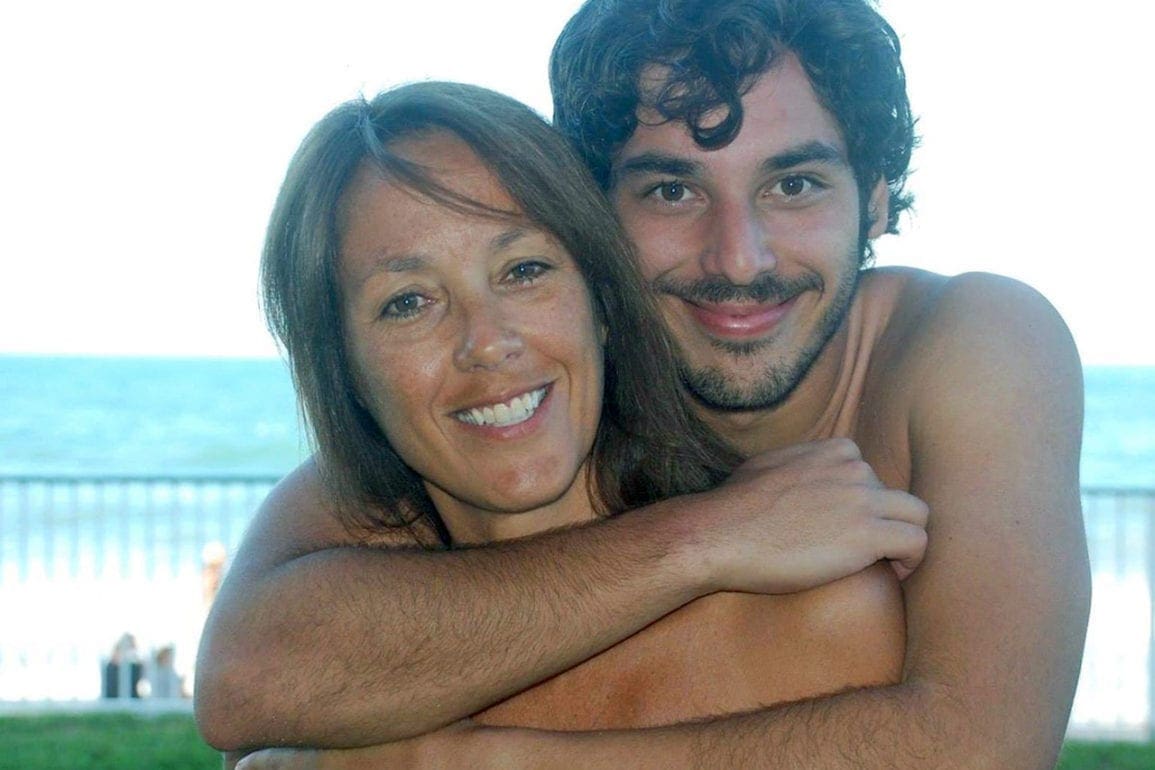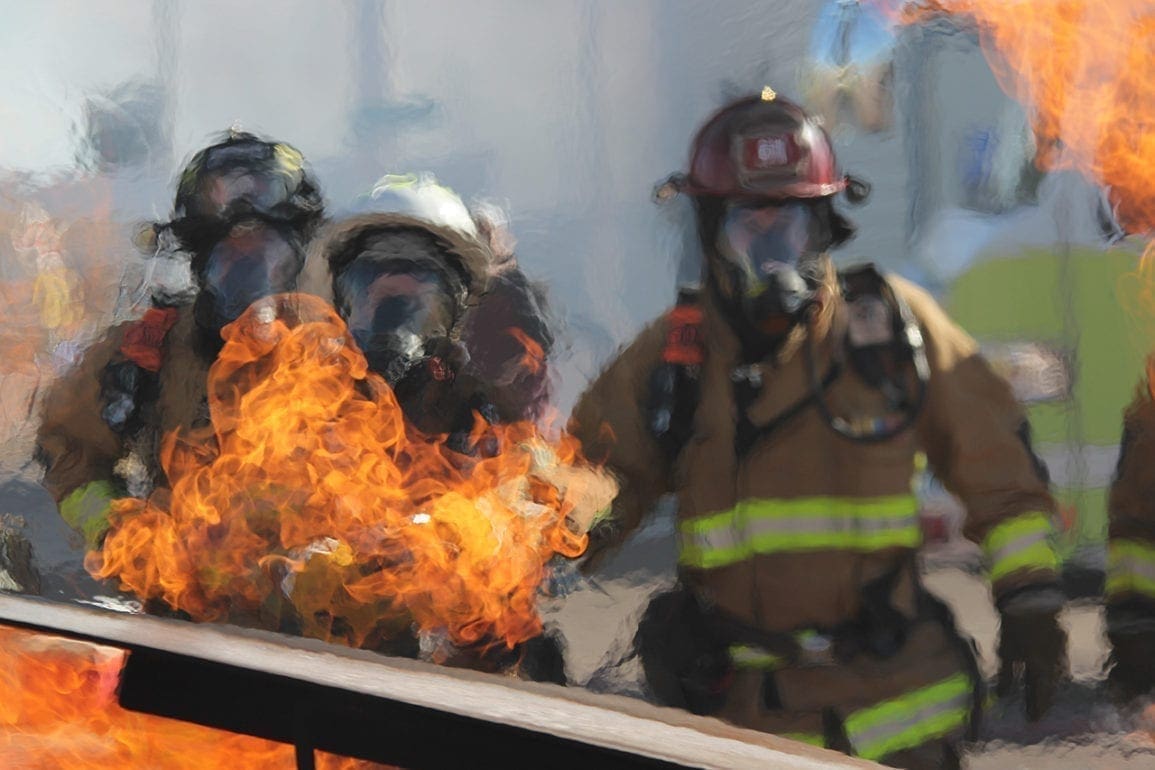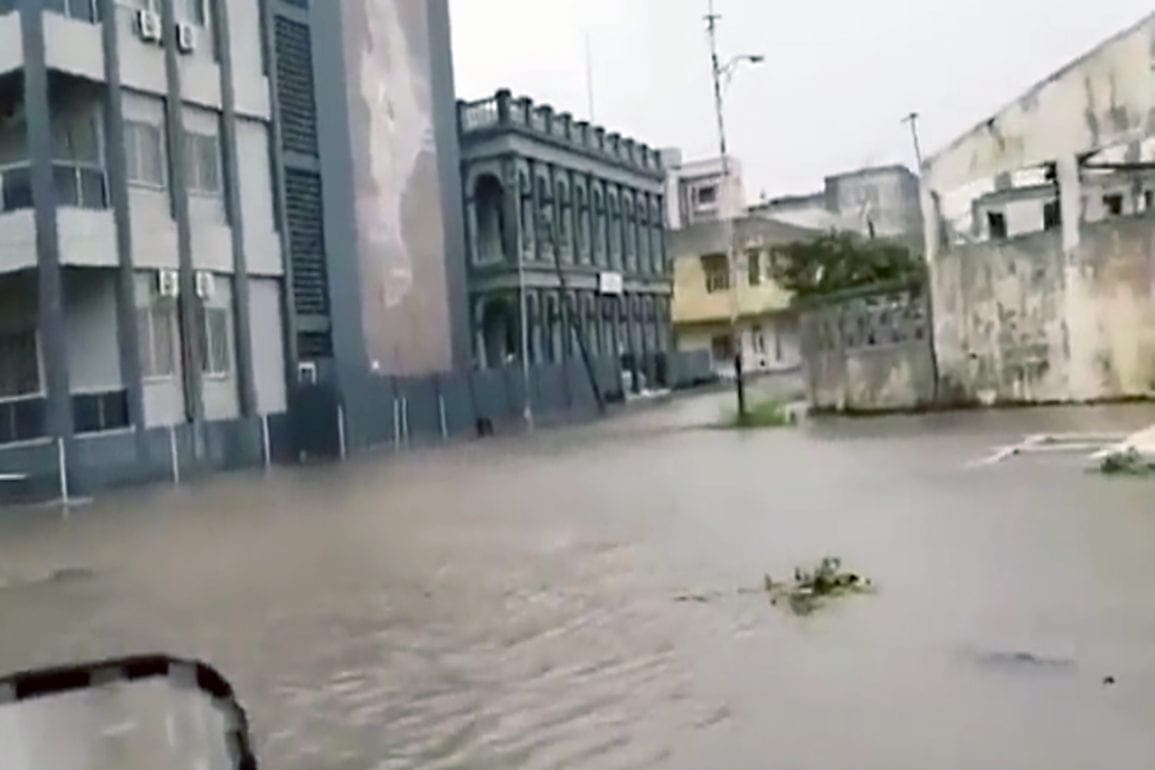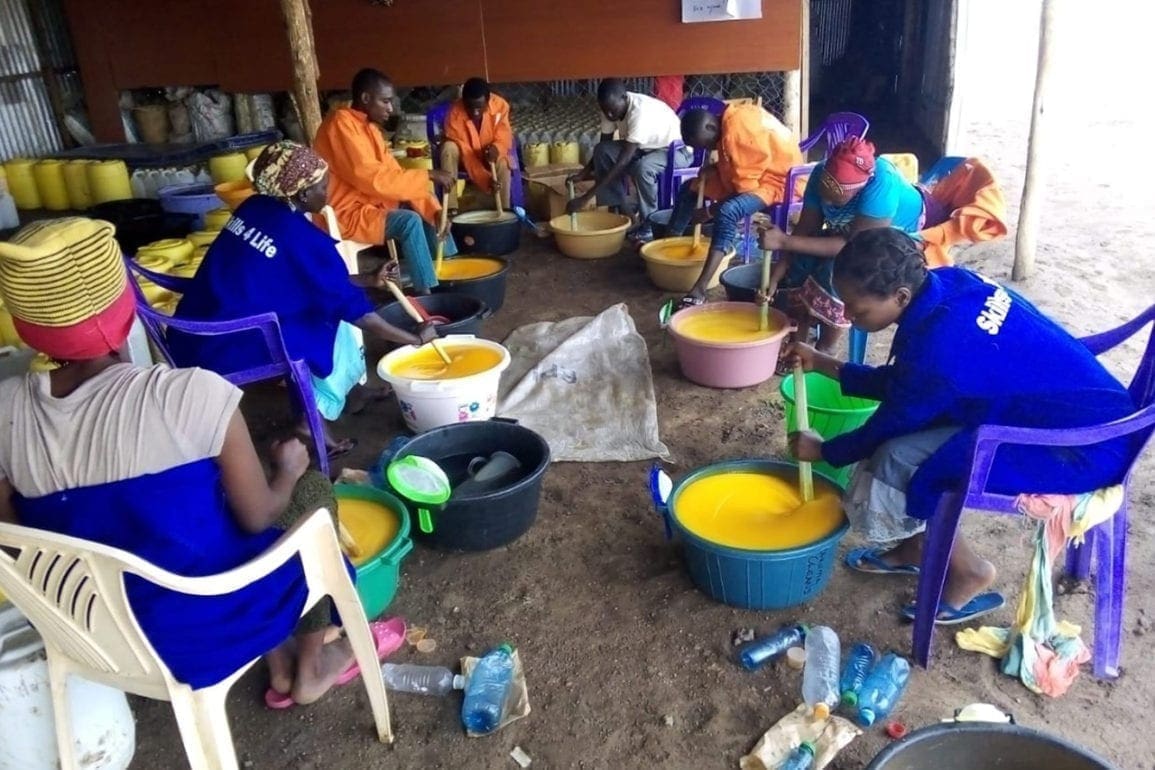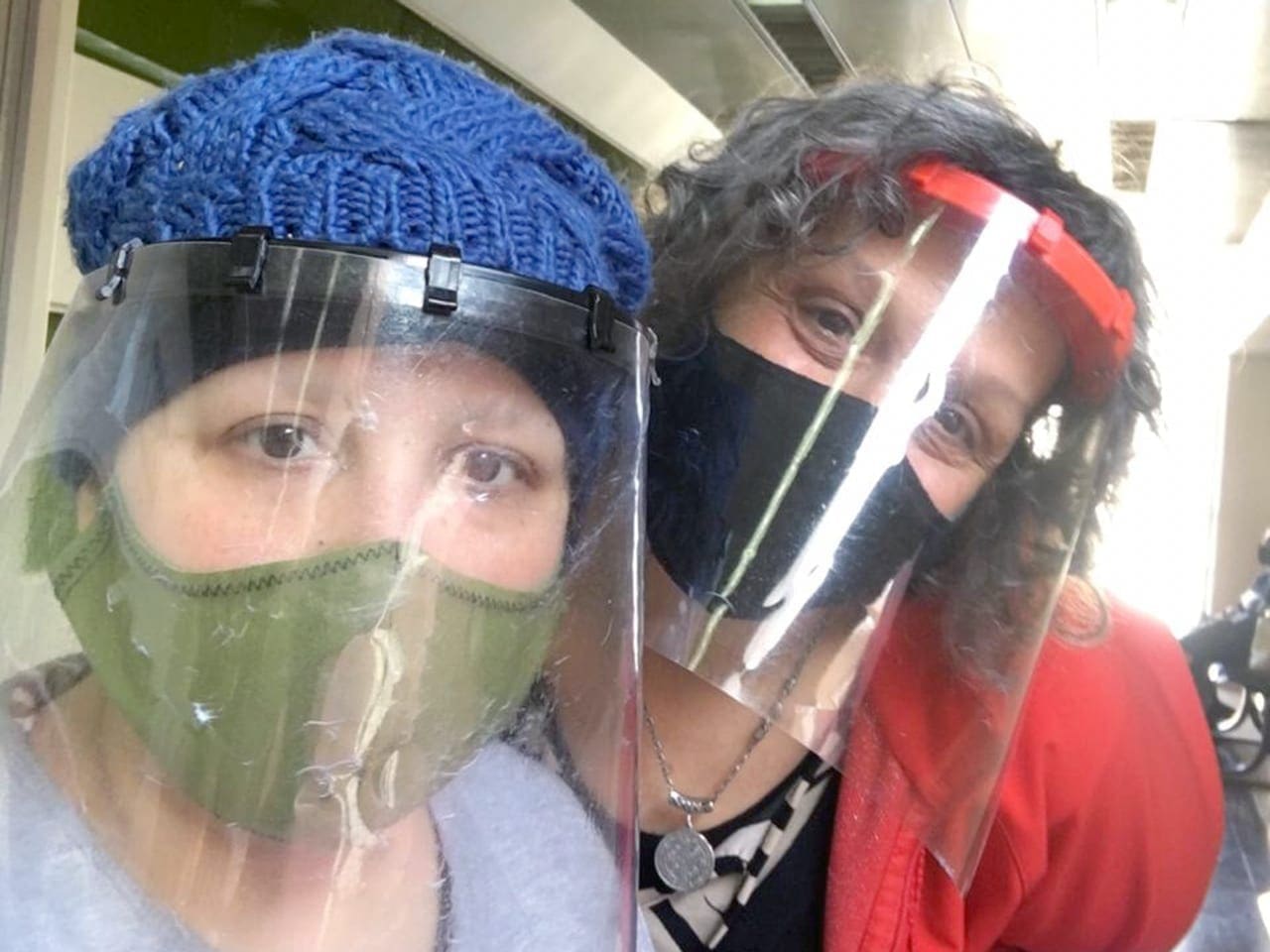The escalating heat crisis, a firsthand account: Living on the climate frontline in Madrid
Public spaces have turned into desperate havens. Air conditioners churn and wheeze, doing their best to combat the sun’s onslaught.
- 2 years ago
September 7, 2023

MADRID, Spain — The oppressive heat of Madrid wraps around me like a stifling blanket. It presses down on my chest with an almost palpable force. It’s more than uncomfortable: it’s life-threatening.
As the news relentlessly ticks off horrifying statistics of heat-related deaths, I realize this summer isn’t just another scorcher. It represents a scary escalation, a climate crisis much worse than anything we have faced.
Read more climate change stories at Orato World Media
Heat turns public spaces into desperate havens, I try to cool myself with anything I can find
As I make my way through the sweltering city’s maze of construction sites, my heart aches. I watch workers, their faces a canvas of exhaustion as they endure the unbearable. Outfitted in heavy harnesses, helmets, and gloves, they climb cranes and wield saws. Beads of sweat on their foreheads shimmer in the dreading sun. It’s a scene of human suffering. I am forced to confront the grim reality: we are all on the frontline of this escalating climate emergency.
Public spaces have turned into desperate havens. Air conditioners churn and wheeze, doing their best to combat the sun’s onslaught. Trees offer pockets of shade, their leaves drooping under the weight of the heat. In those brutal midday hours, I am guzzling water like never before. I try to cool myself with anything I can find.
ER visit sparks fear, heat strokes are more likely than expected
The news never lets up. We see reminders that heat stroke is not just possible, it’s probable, especially for the elderly, children, and pregnant women. I see their faces, flushed and strained, and my heart sinks.
Just a few days ago, I ended up in the emergency room. I saw firsthand what this heat can do. People lay on stretchers, wet gauze on their foreheads and chests, desperately trying to cool down. I felt a chill run down my spine, a feeling of dread for whatever comes next.
Sleep is a cruel joke these days. I don’t have air conditioning, and every night is a marathon of discomfort. I shower to feel a momentary chill, then point two fans at myself and hope for the best. When morning light filters through my curtains, I wake up more tired than when I went to bed. My head pounds and my body aches.
The places I loved, like Puerta del Sol, are now no-go zones. There’s not an inch of shade. We are all forced to cram into subway stops, to steal a few moments away from the relentless sun.
Spain’s temperature map is a warning of an escalating heat crisis
The temperature map of Spain has become a tapestry of danger, its yellows, oranges, and reds shouting a silent warning.
Worse still, this heat has consequences beyond human discomfort. First on the list of concerns are the increasingly frequent wildfires, like the current blaze devastating Tenerife in the Canary Islands. Even our economy is sweating. The price of olive oil is set to soar. This hits at the heart of our staple diet here in the Iberian Peninsula.
Standing on the brink of an unbearably heated future, I feel each escalating degree as a frontline witness. Even sitting on a public bench has transformed into a hazardous ordeal. It is as if I laid my hand on a red-hot stovetop. While Madrid’s public fountains offer fleeting moments of cold-water relief, and NGOs and government agencies provide survival tips, the unrelenting heat continues.
Temperatures persist, underscoring our desperate race against time for sustainable solutions in an increasingly hot world.





